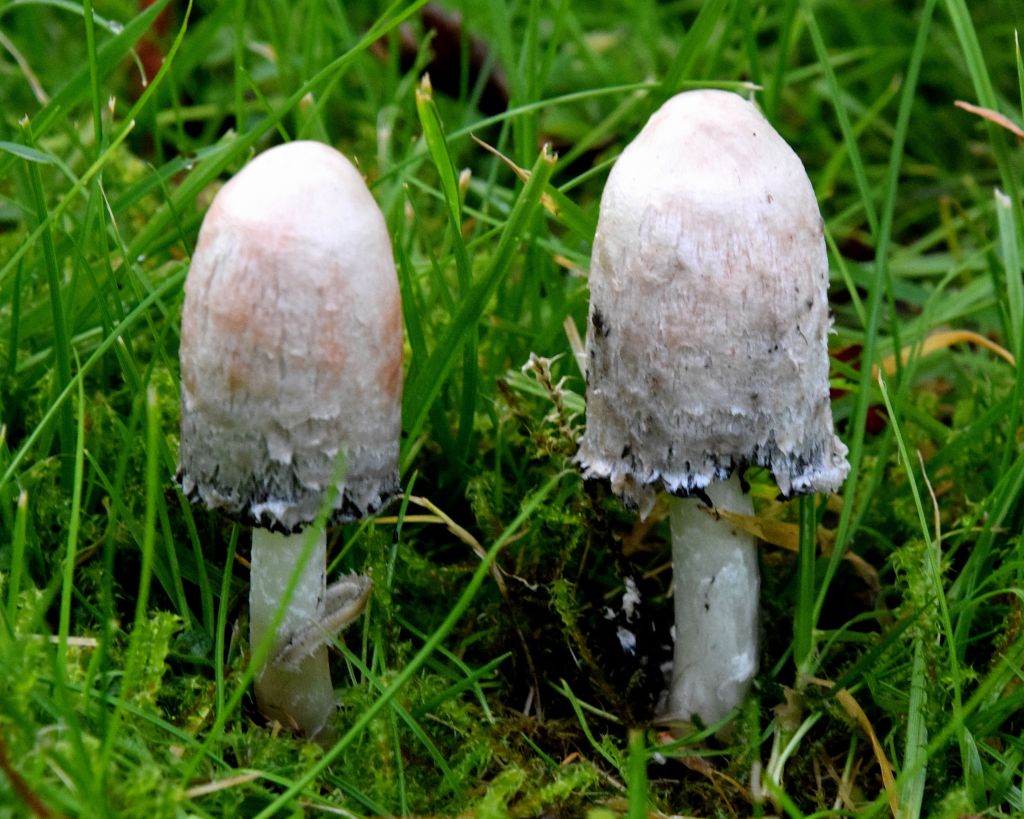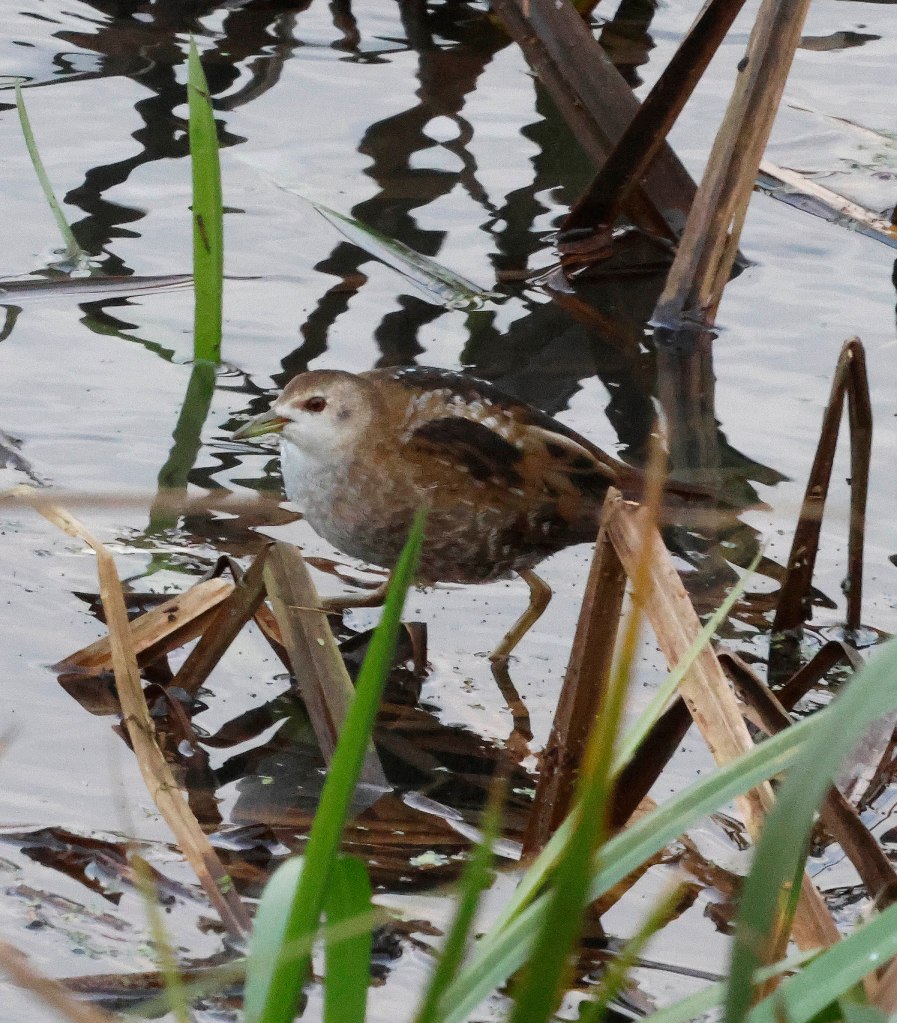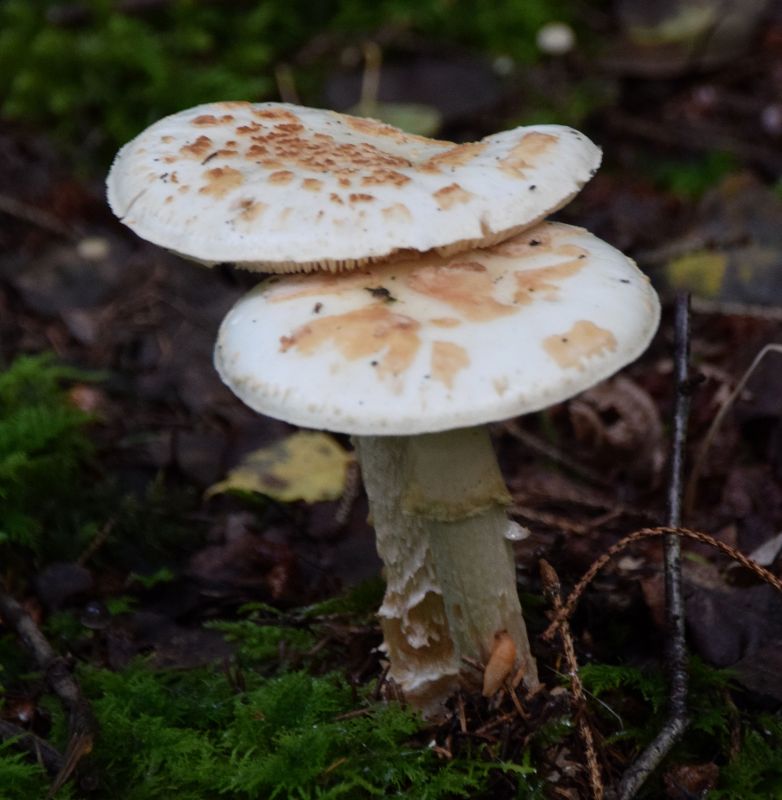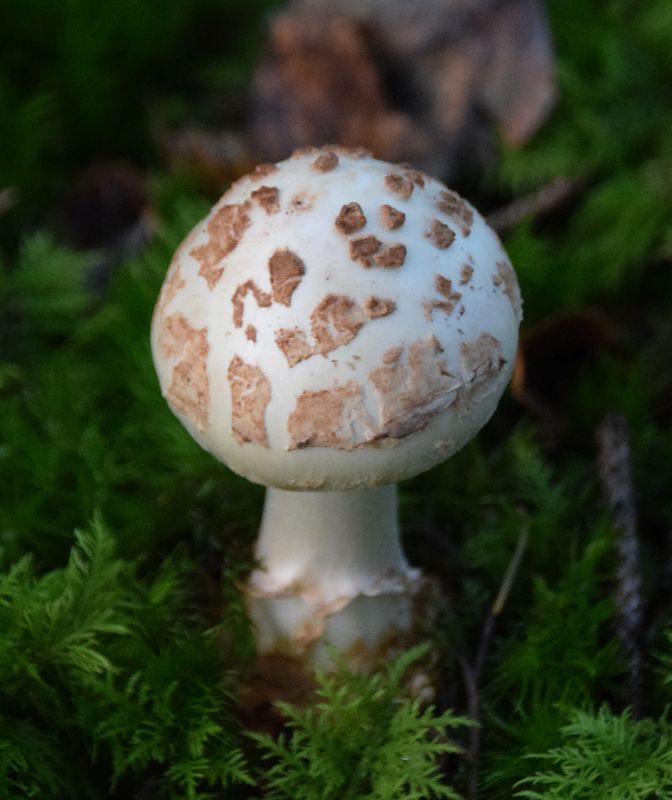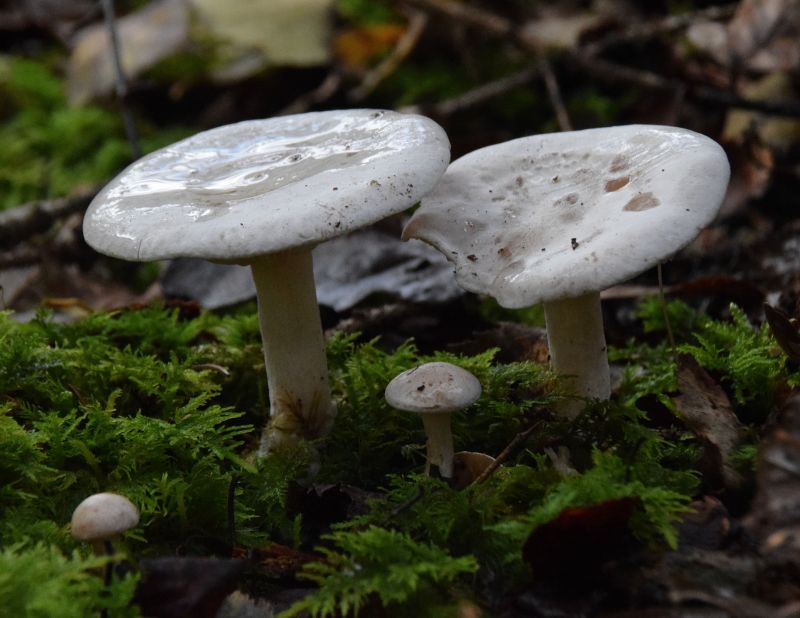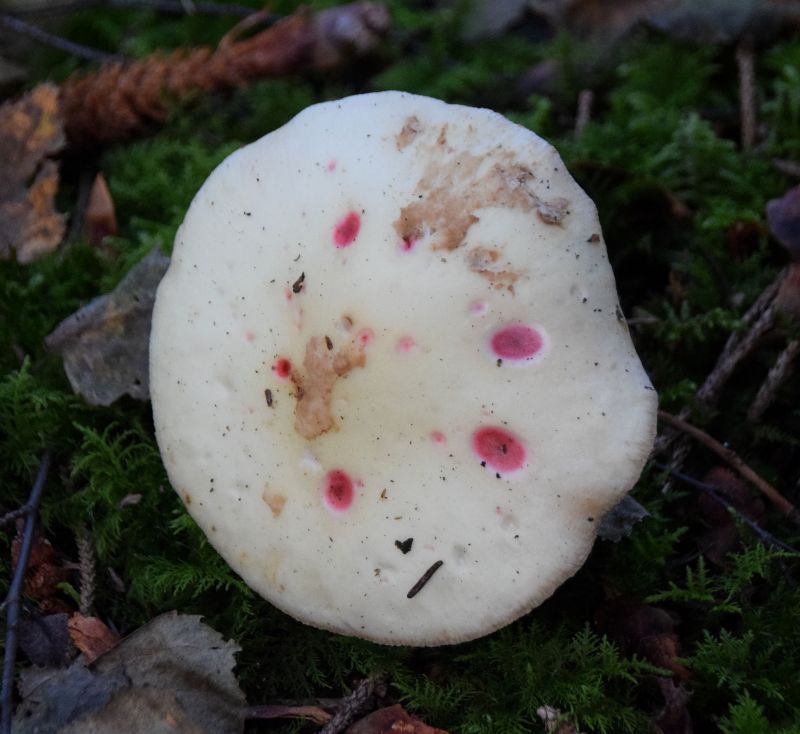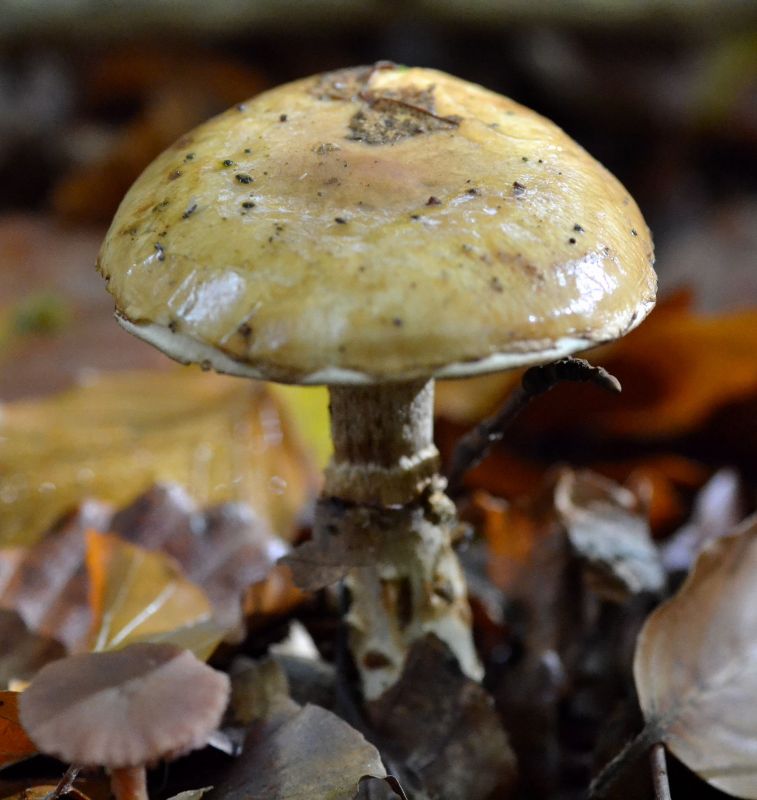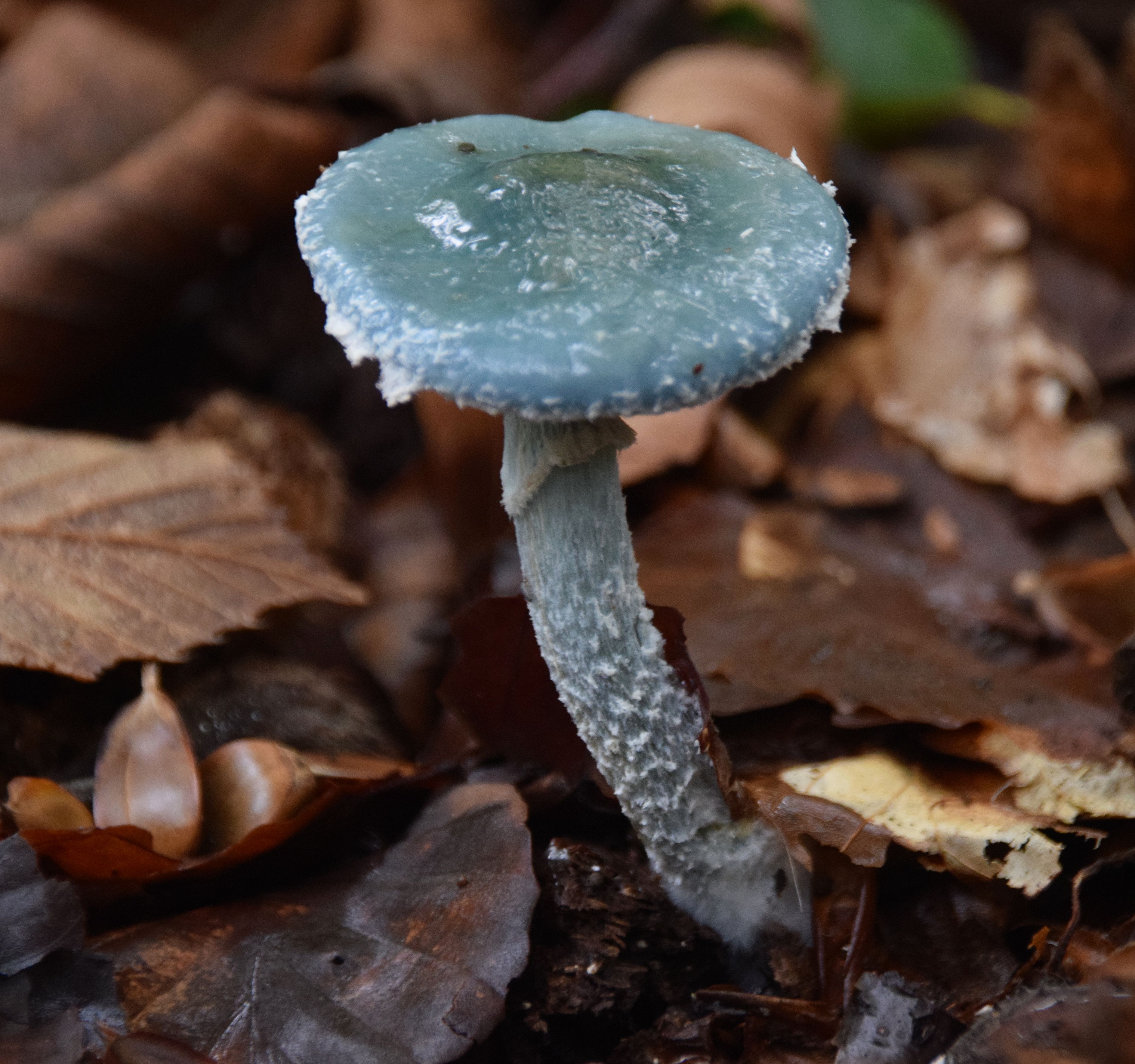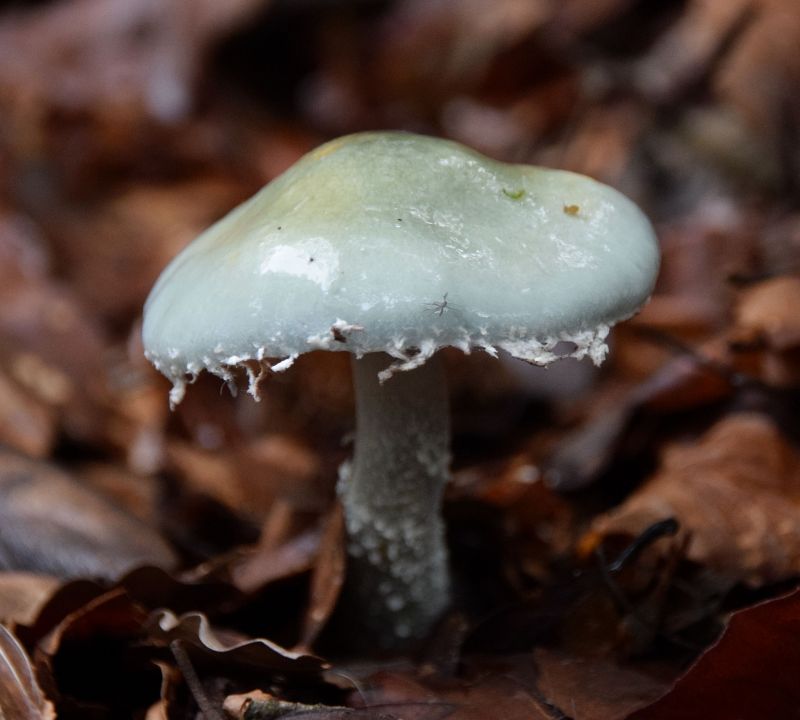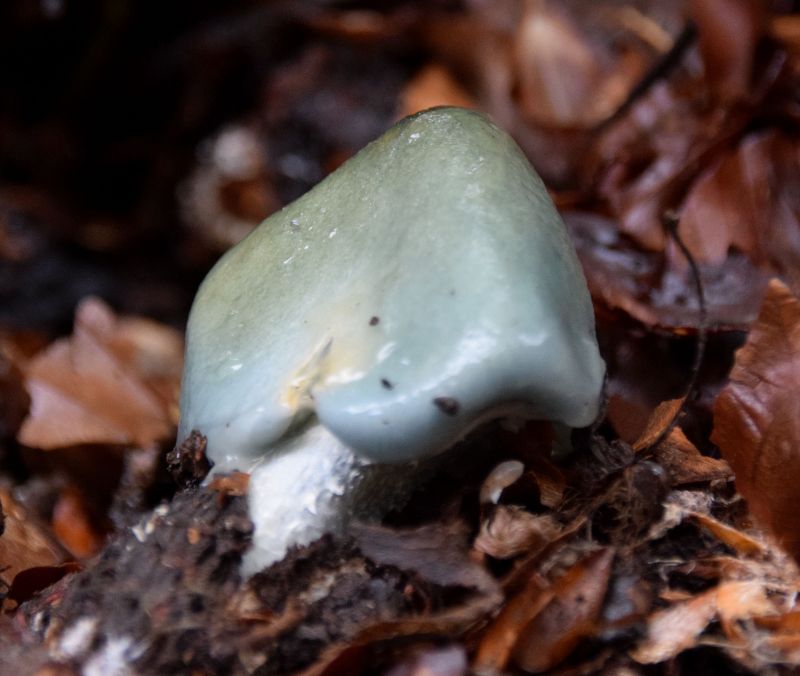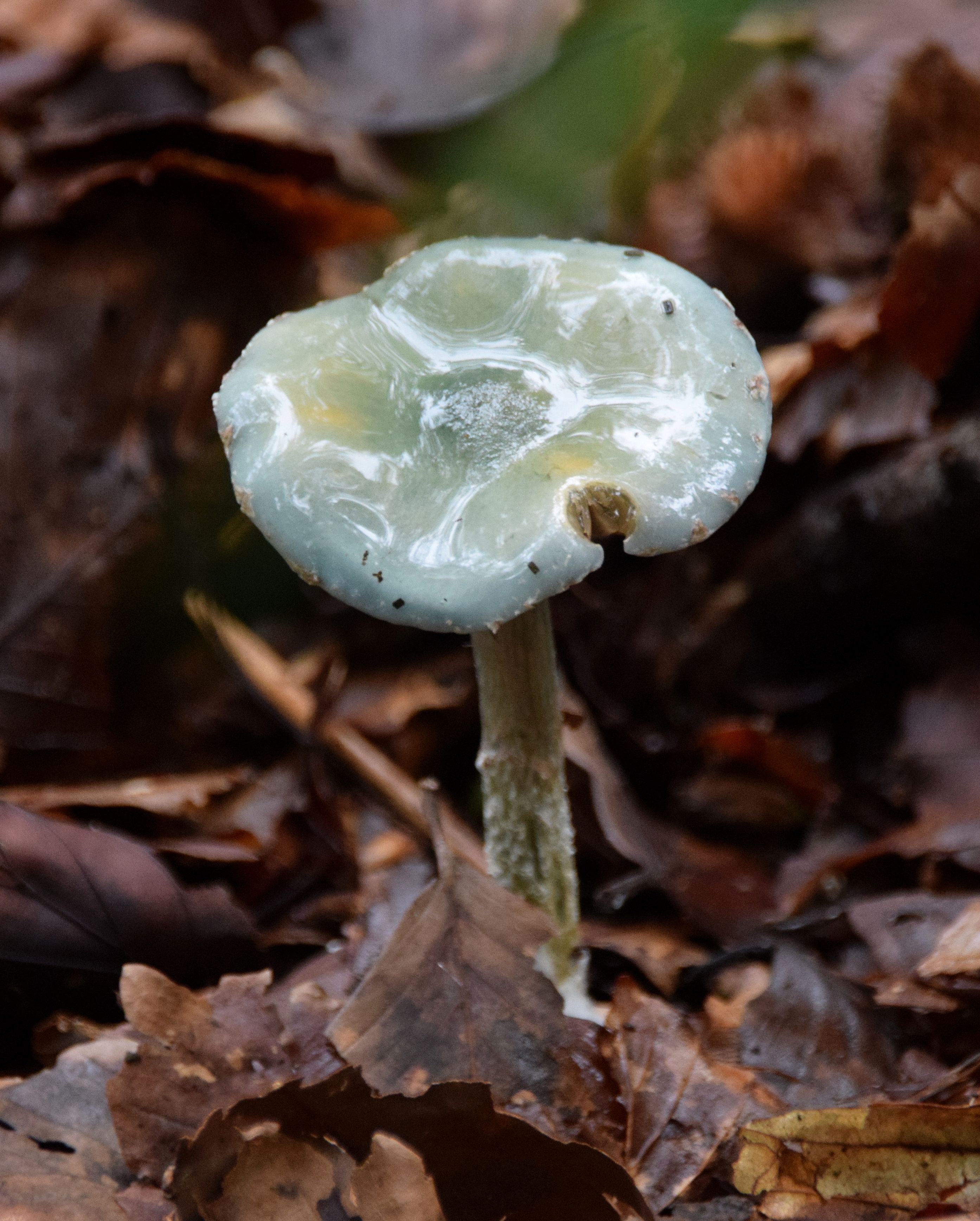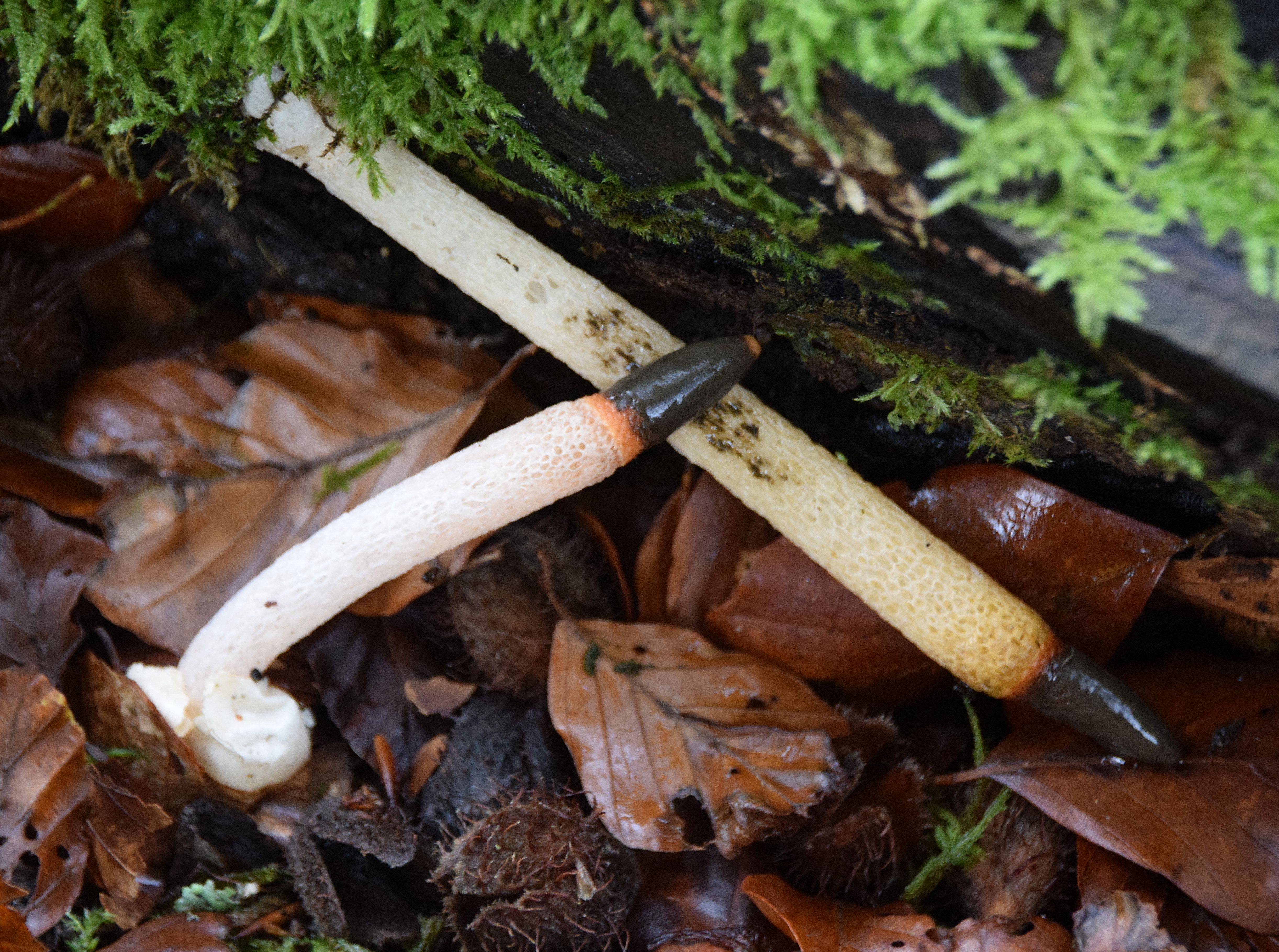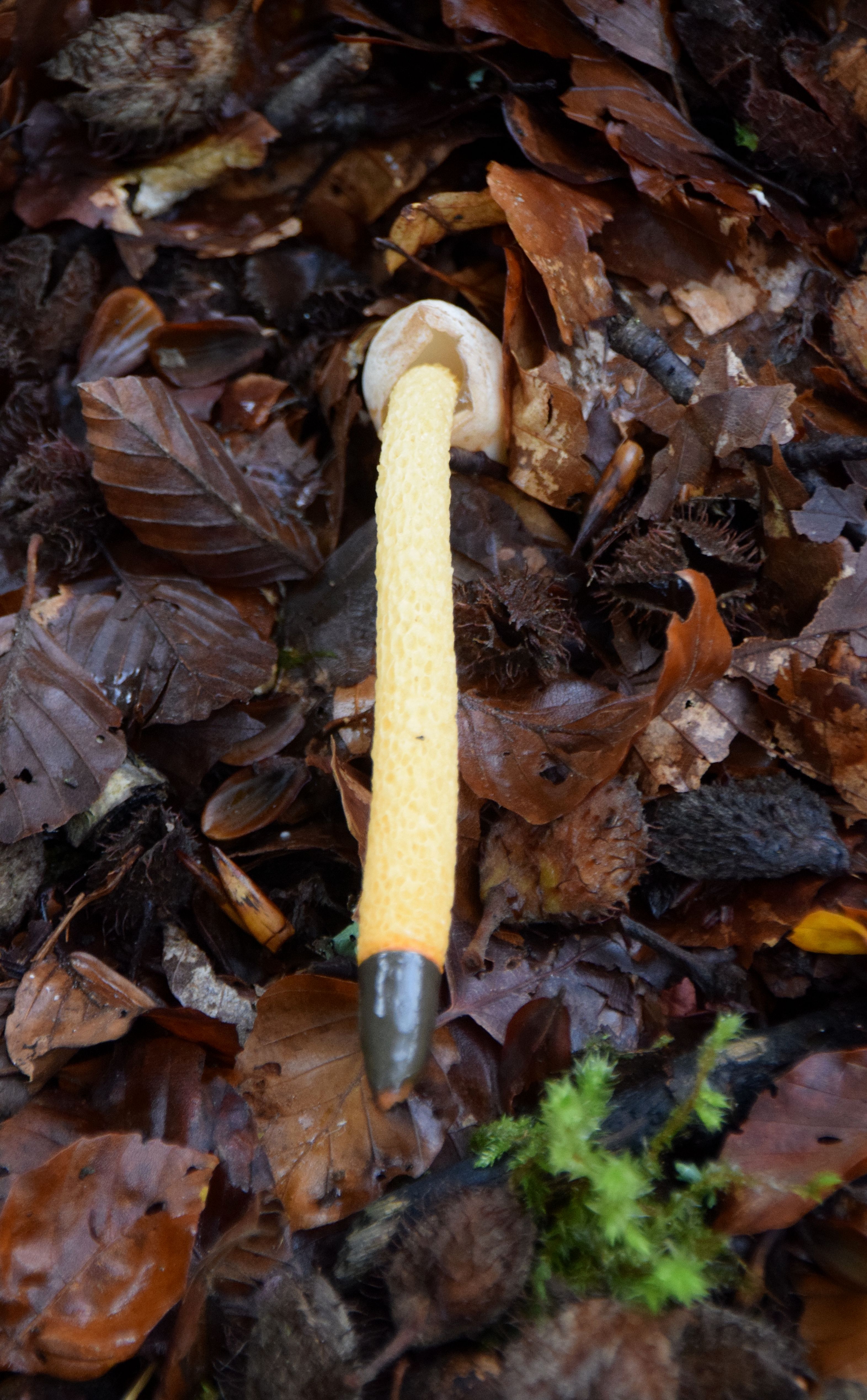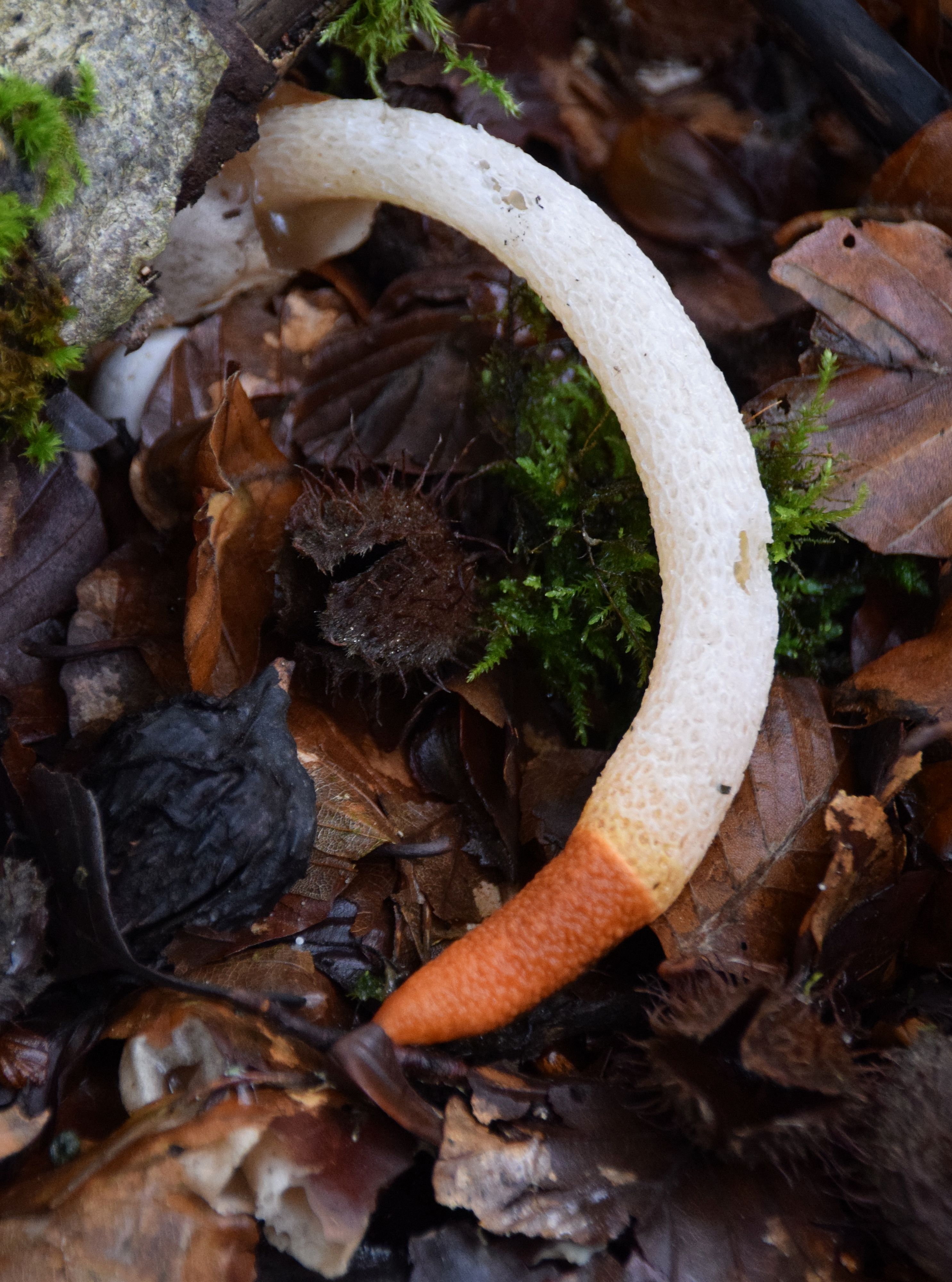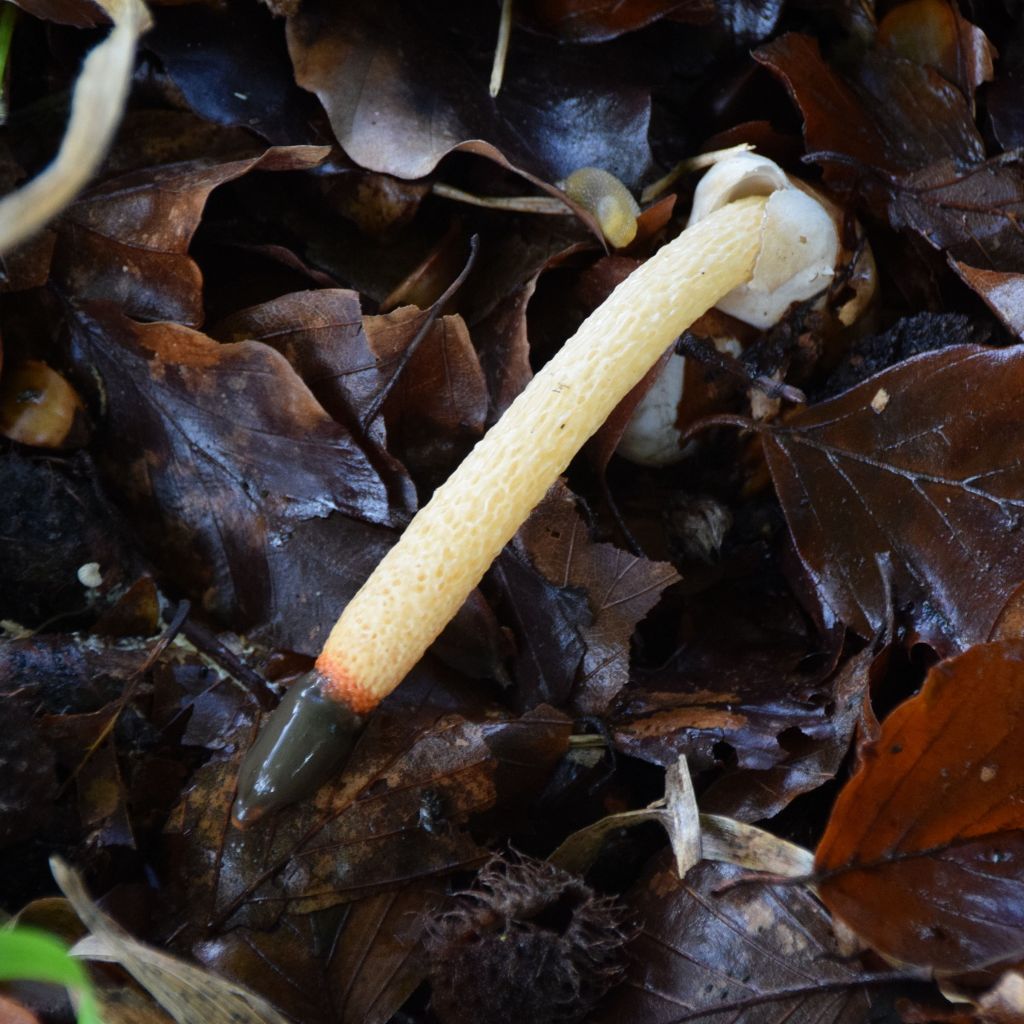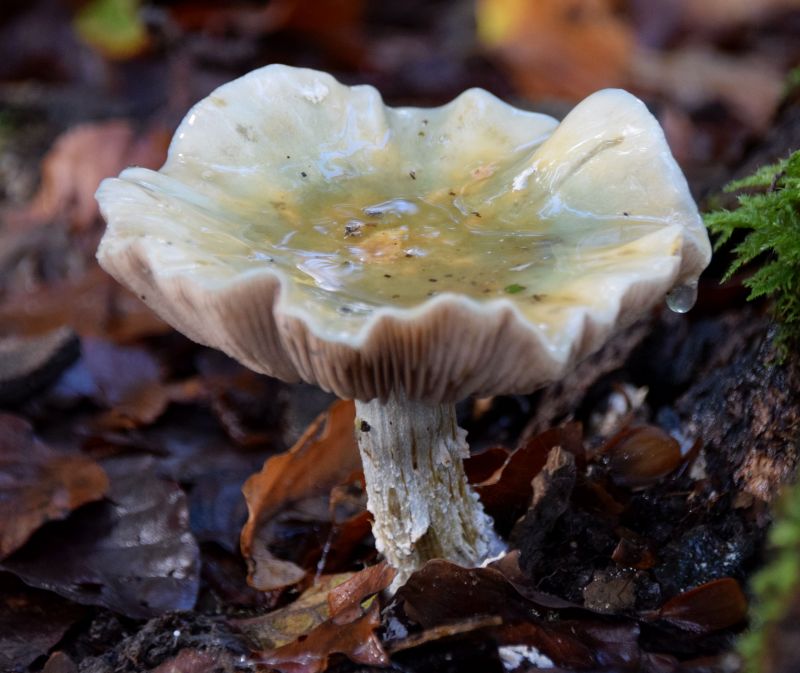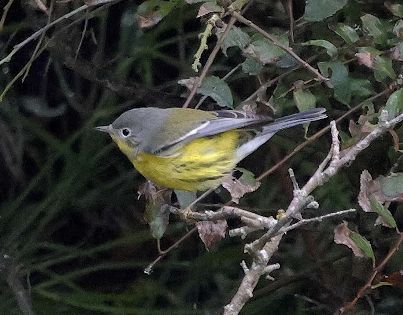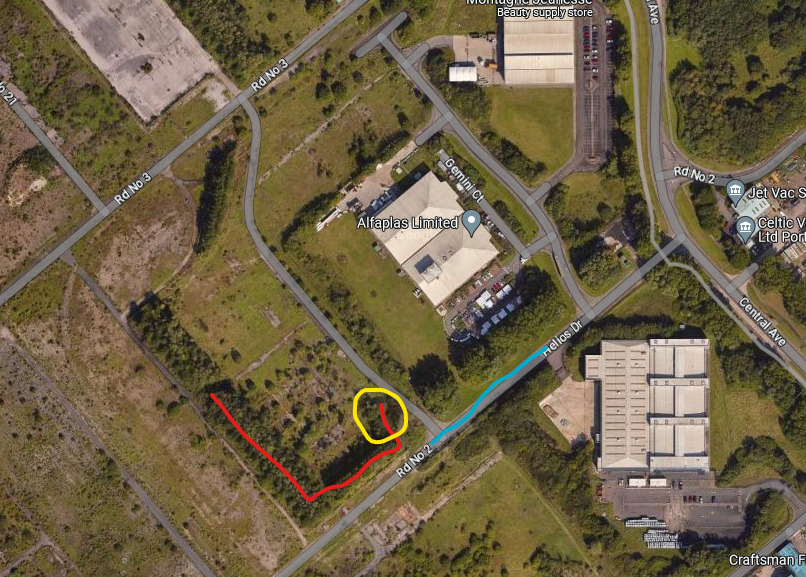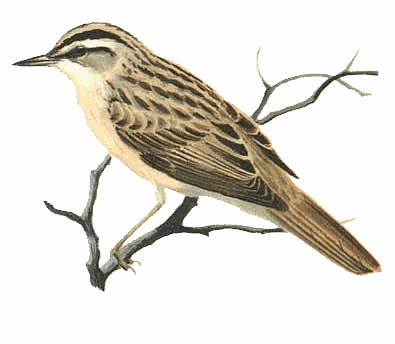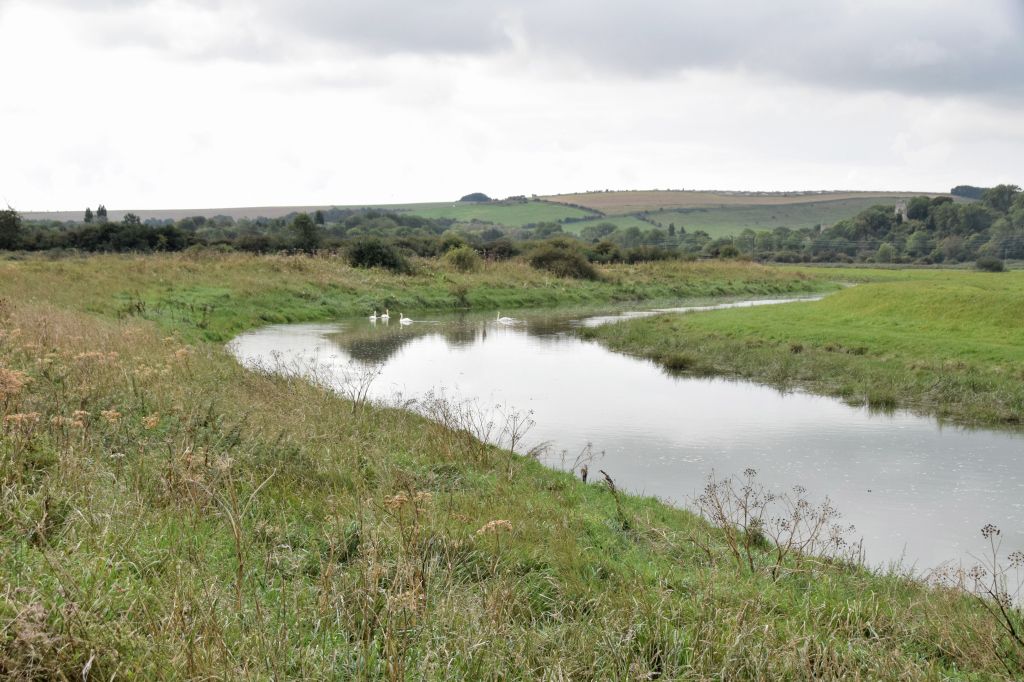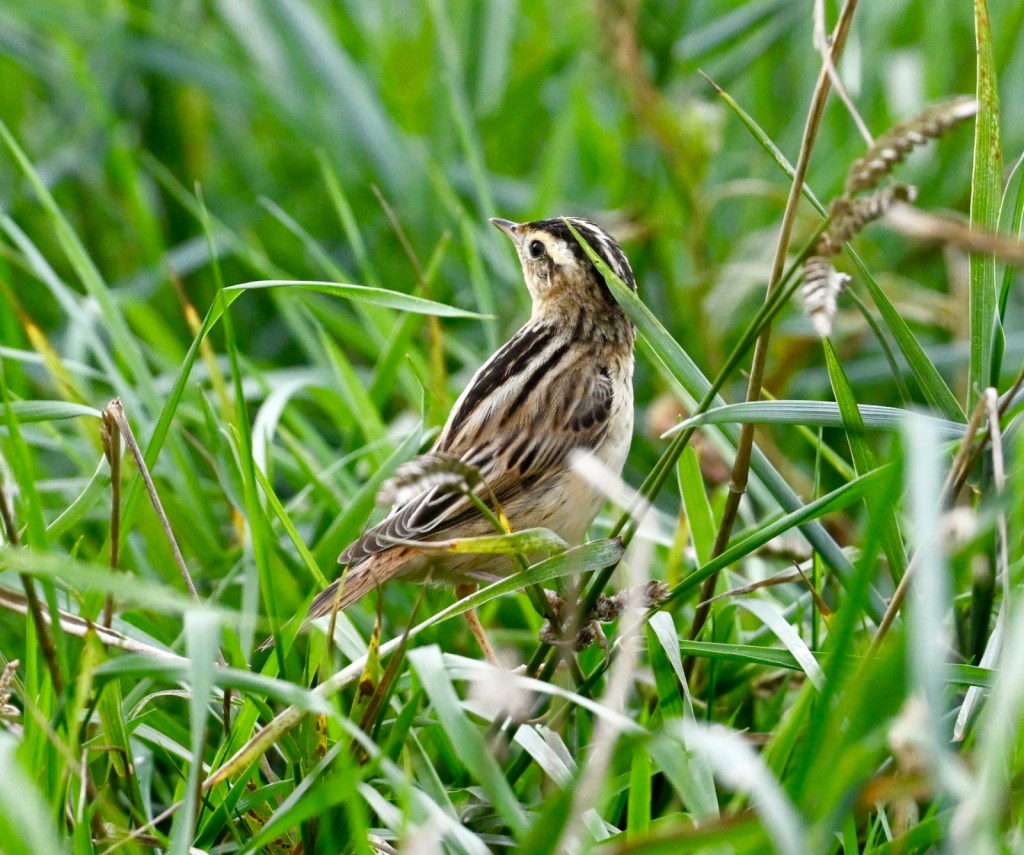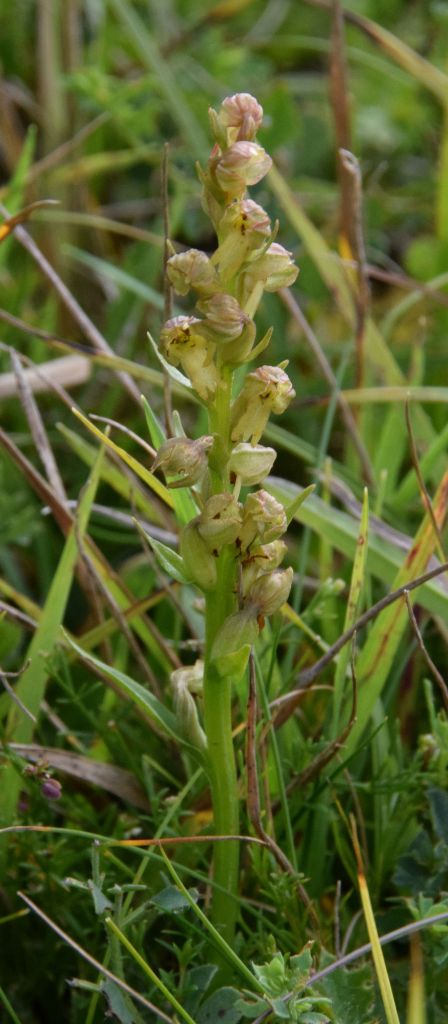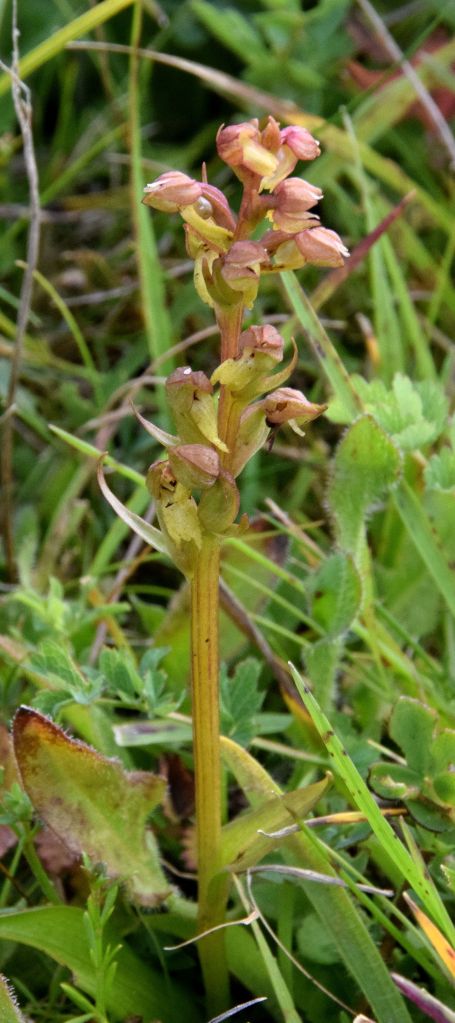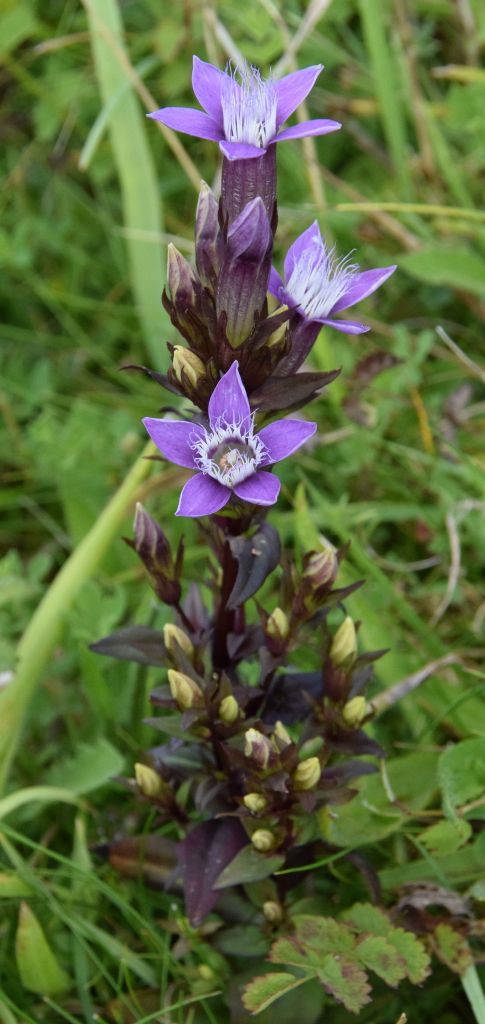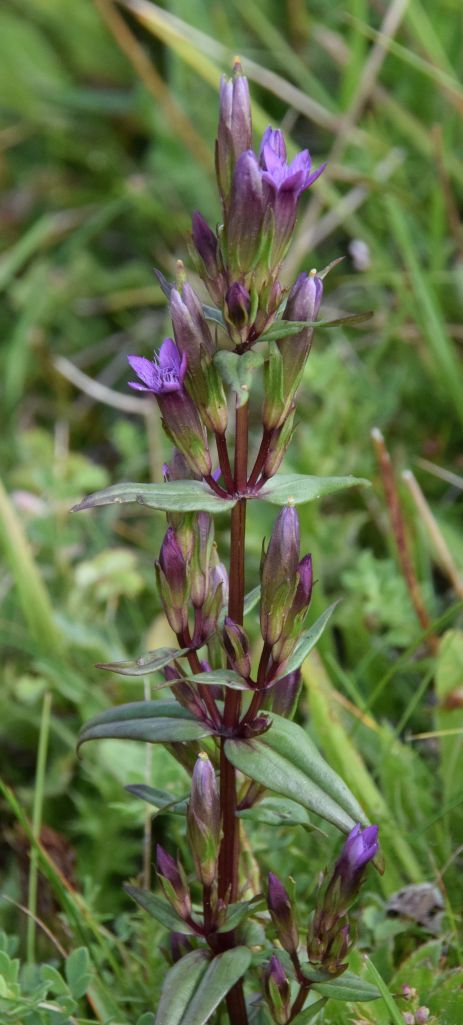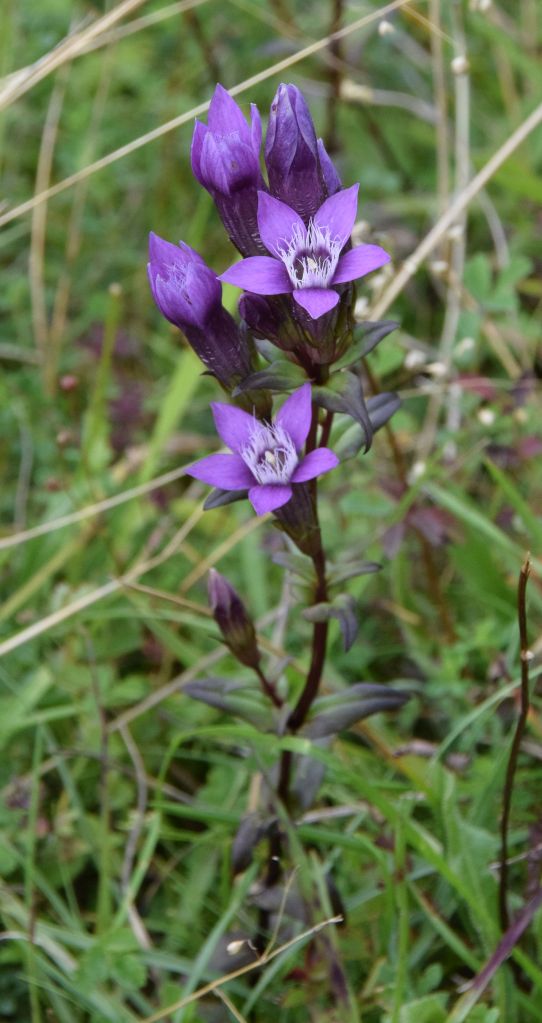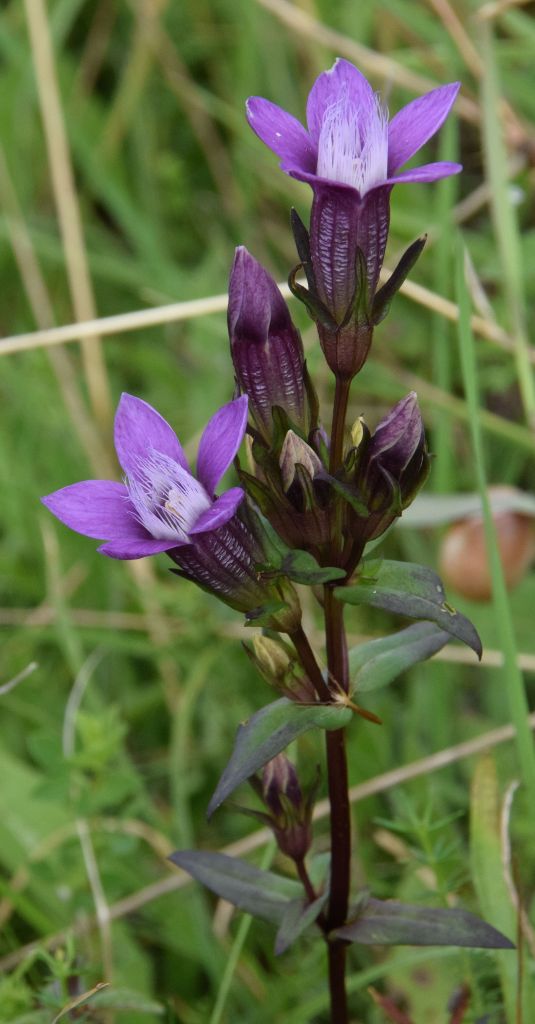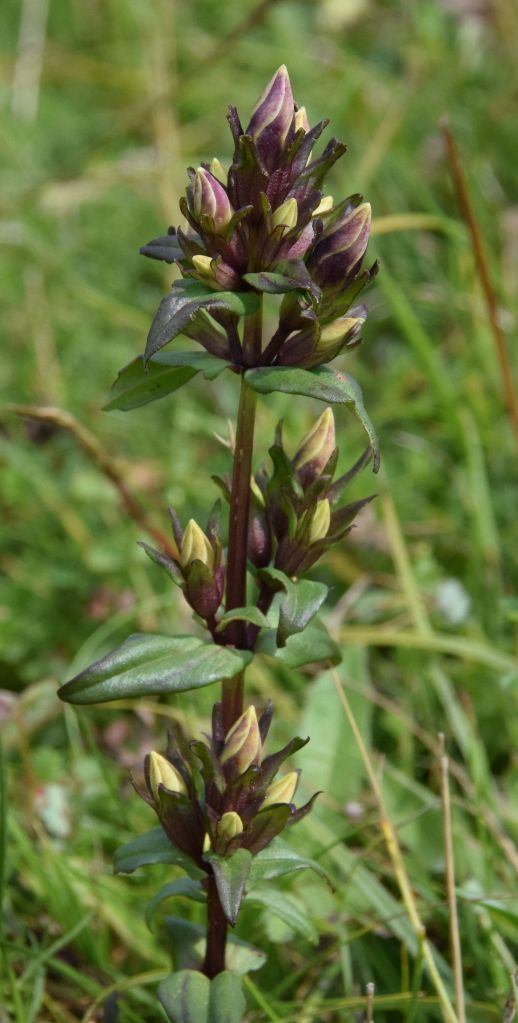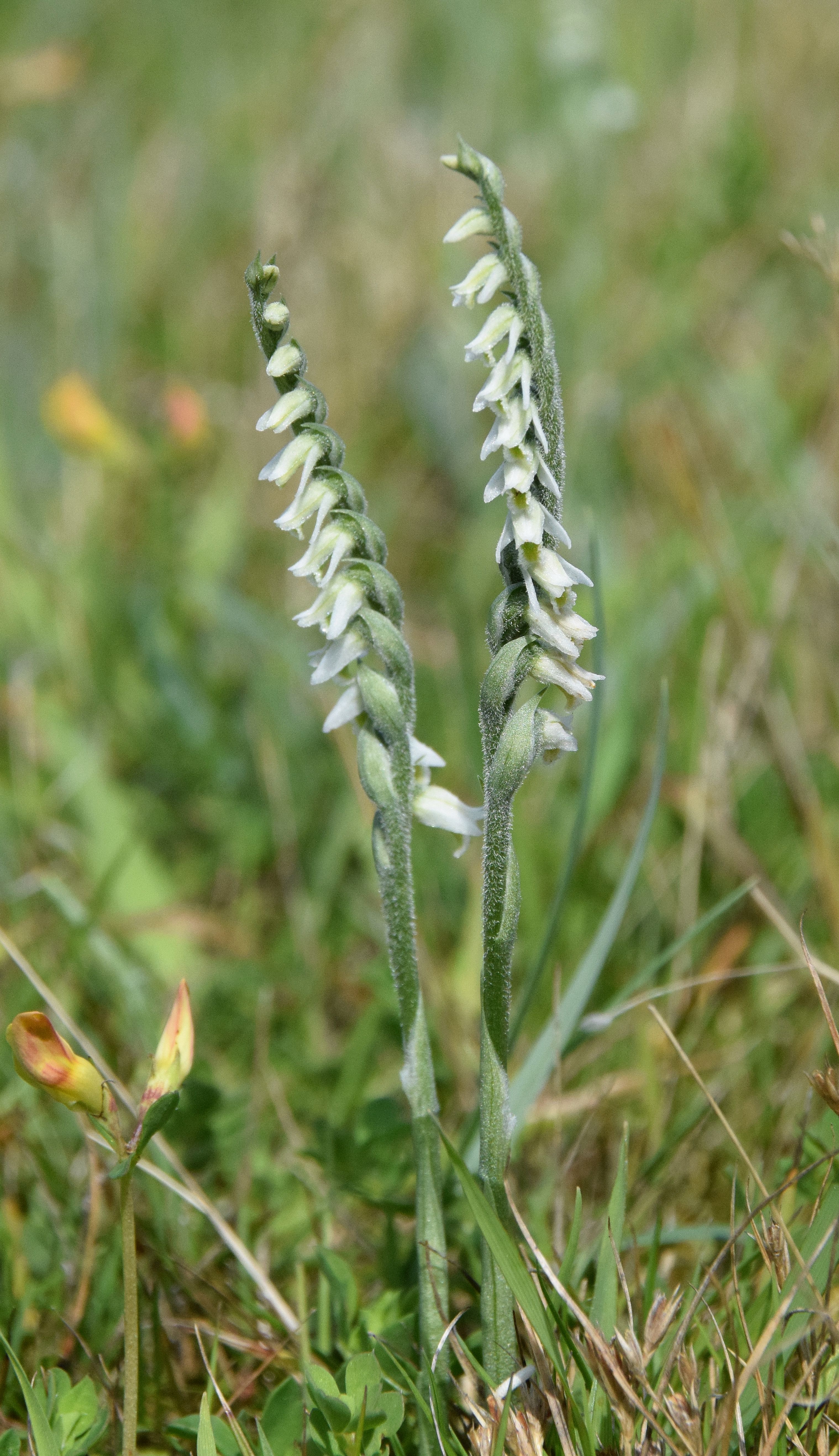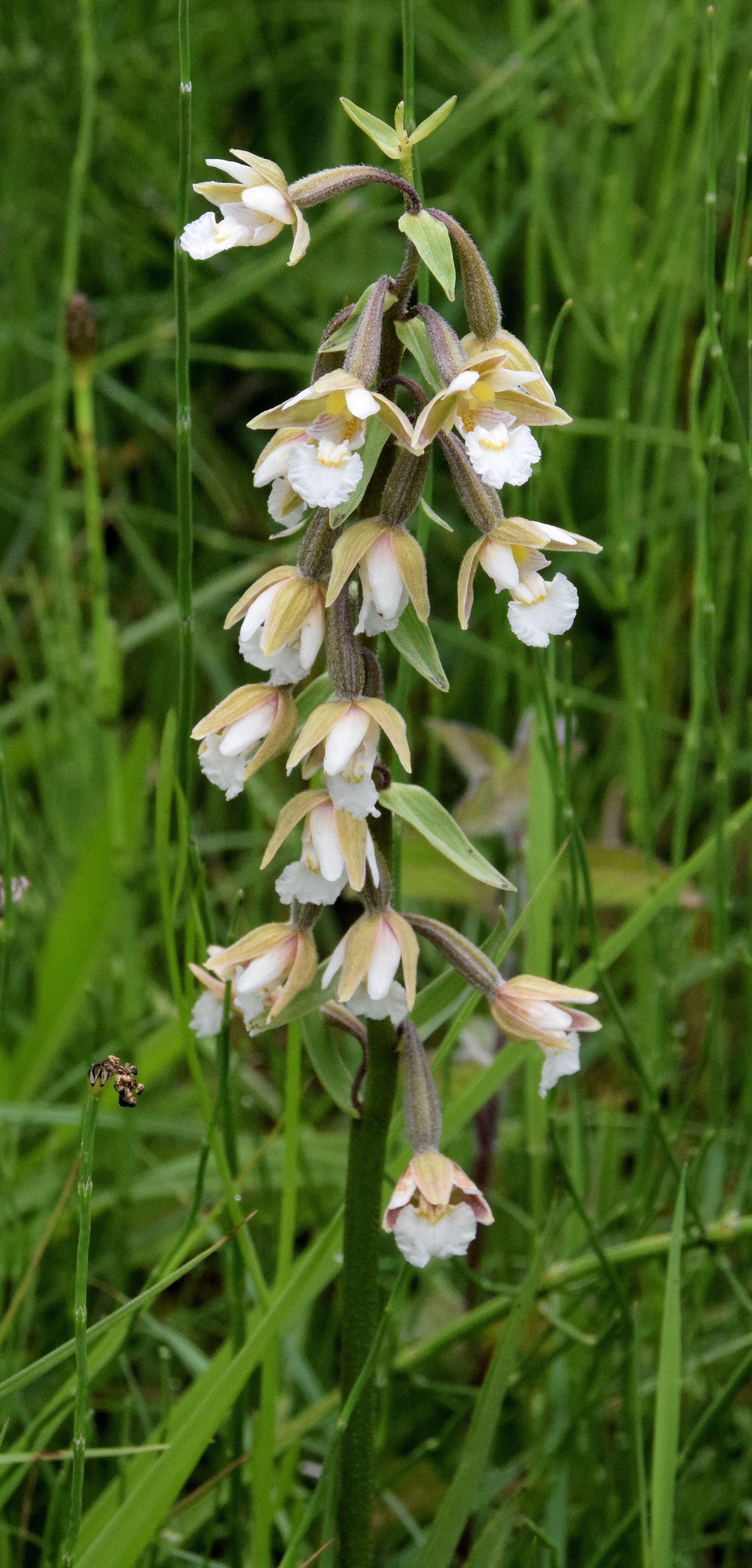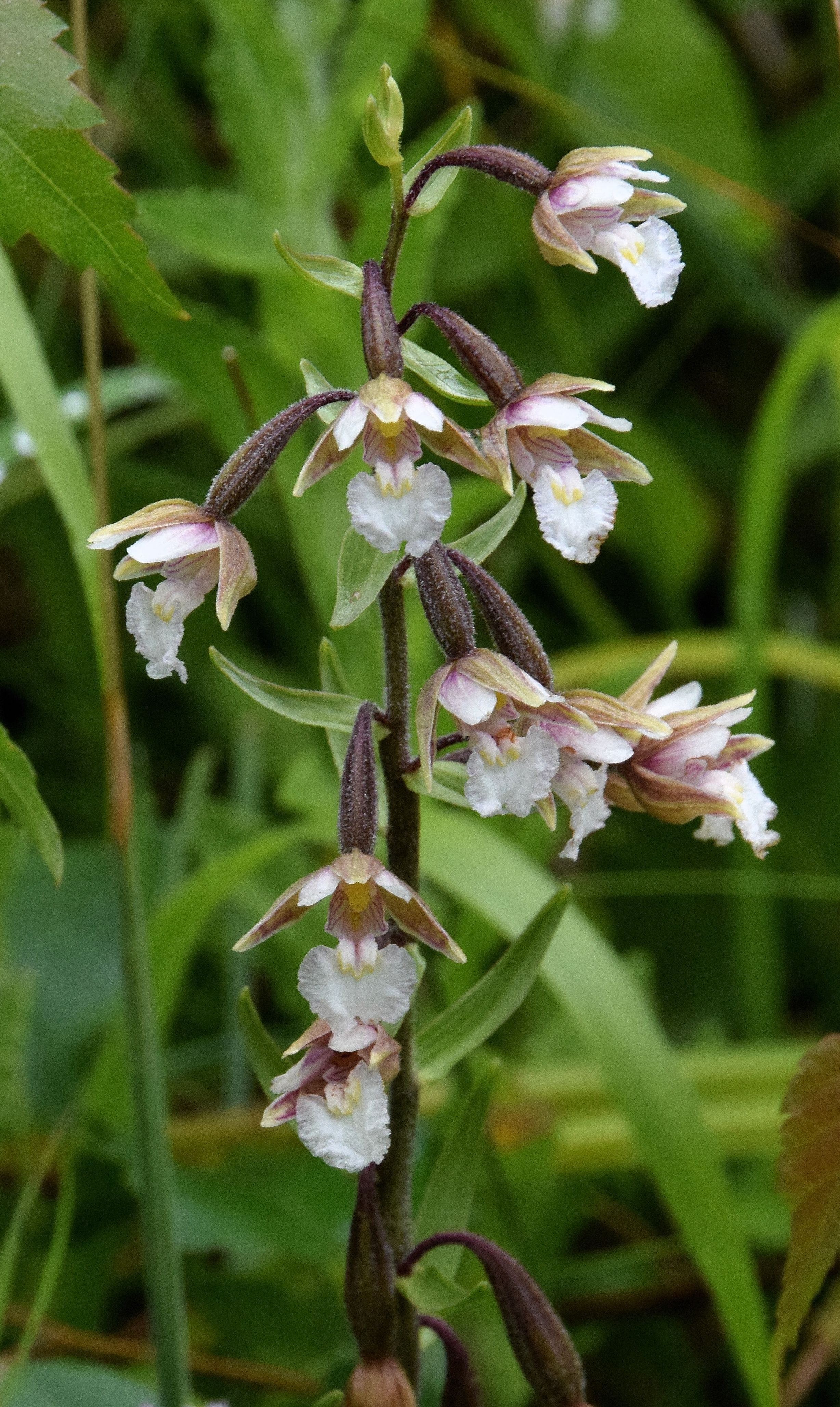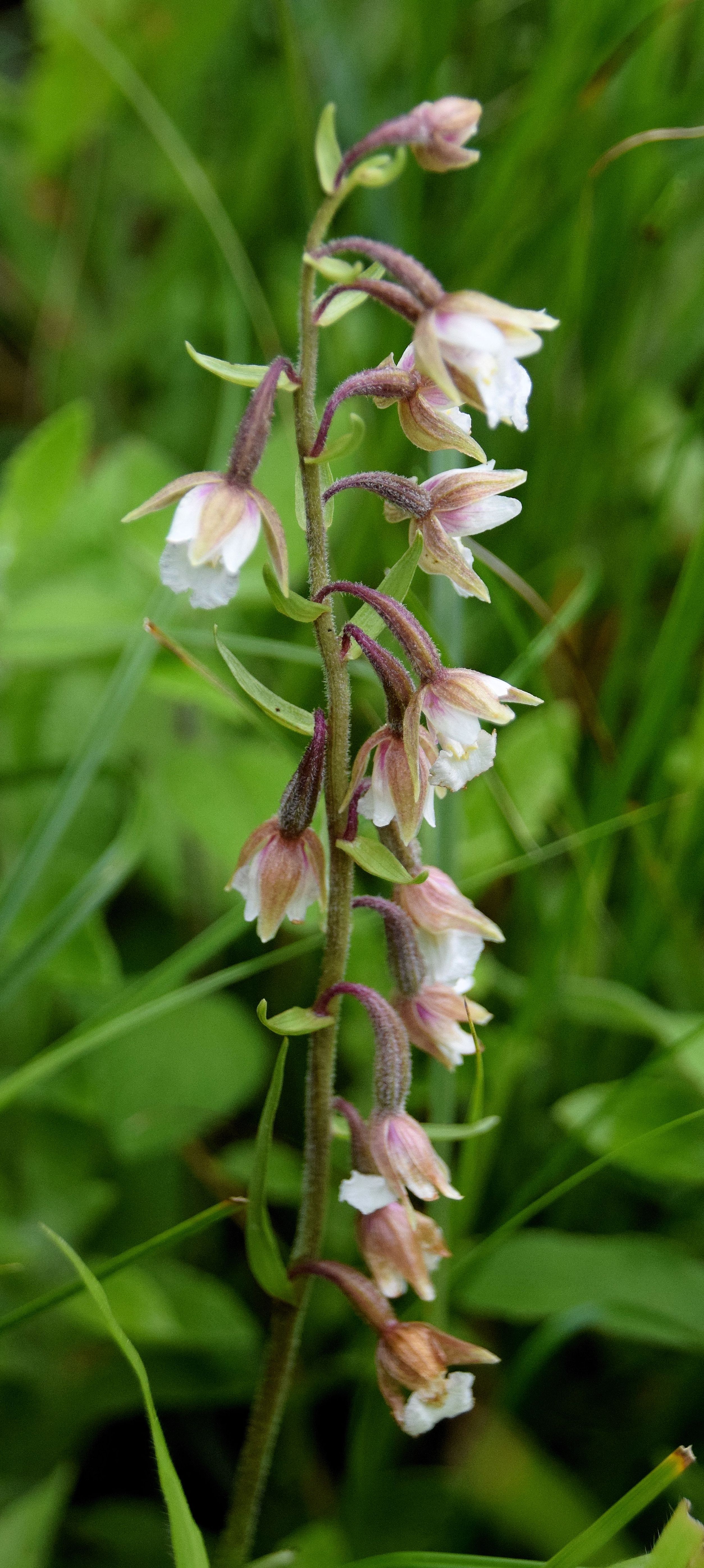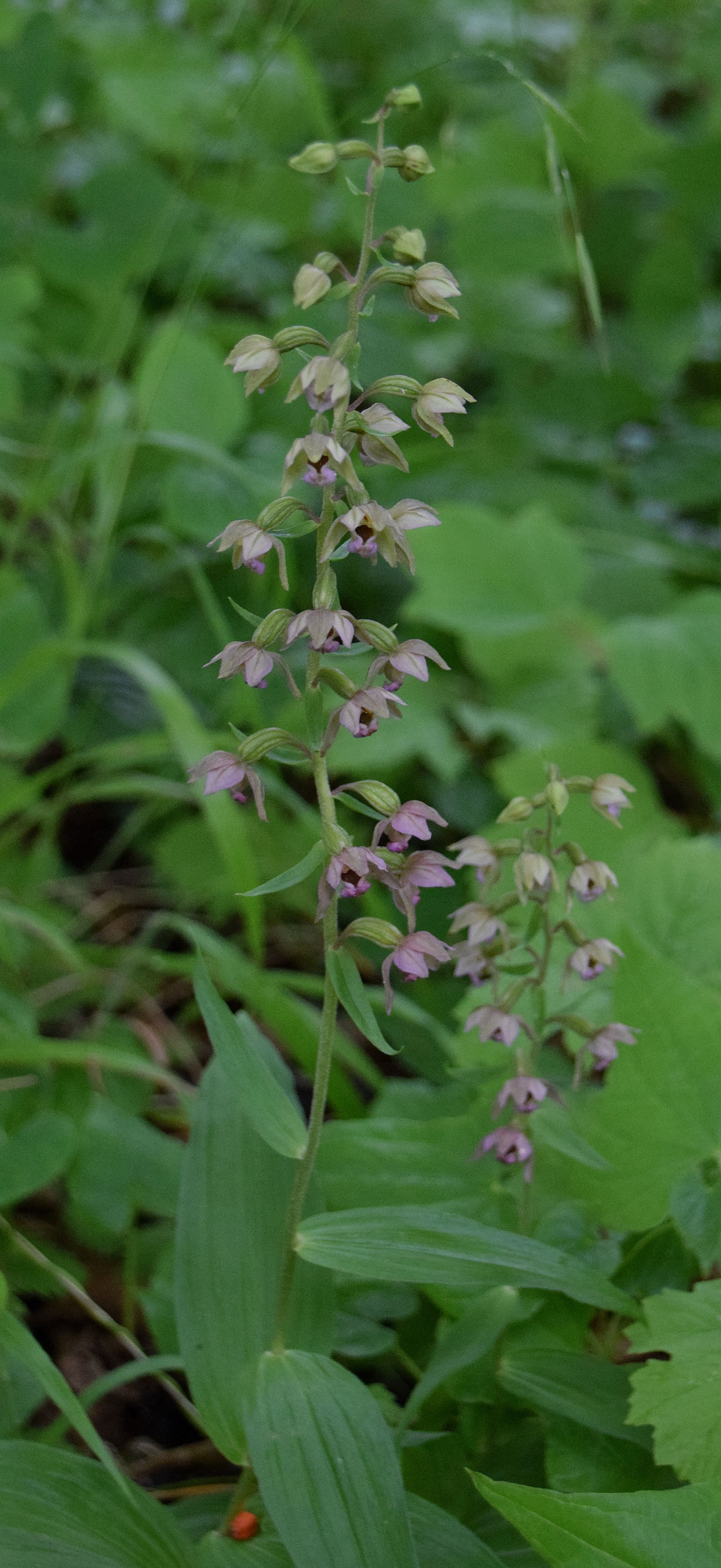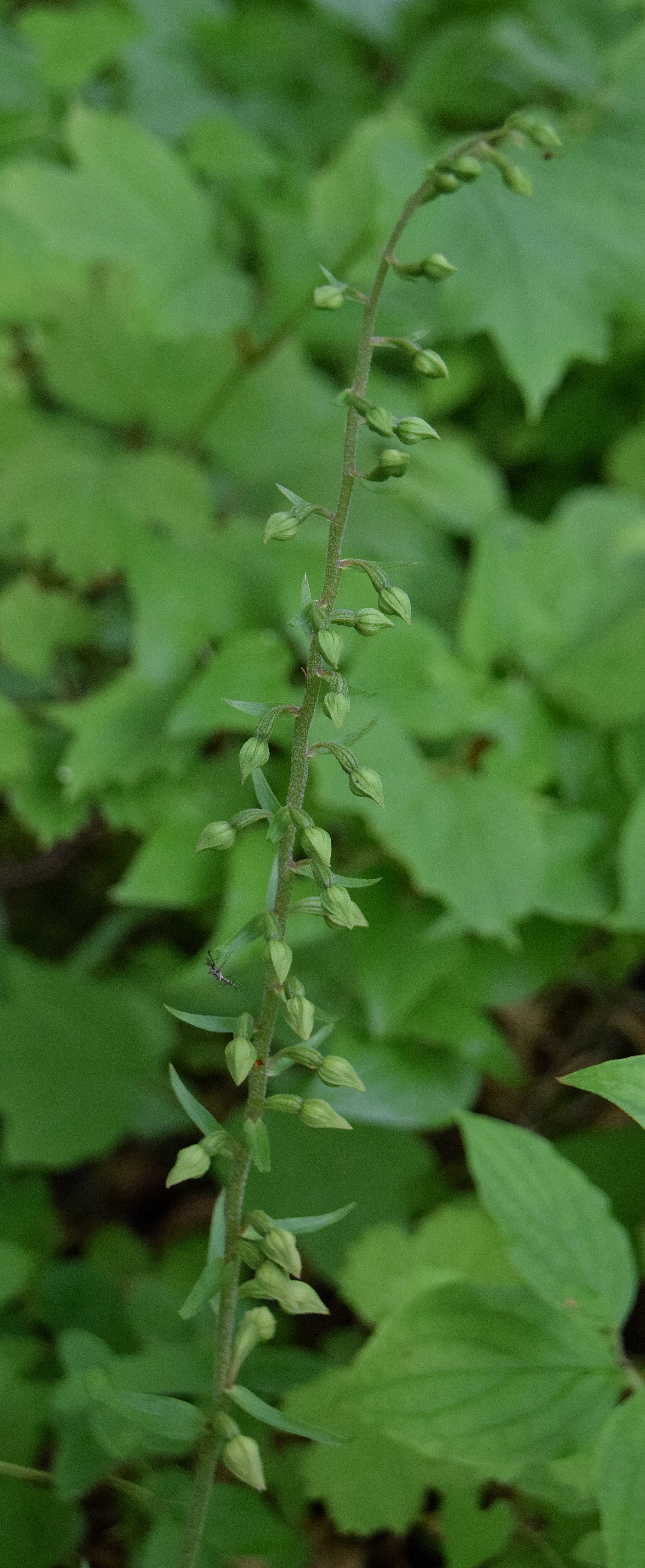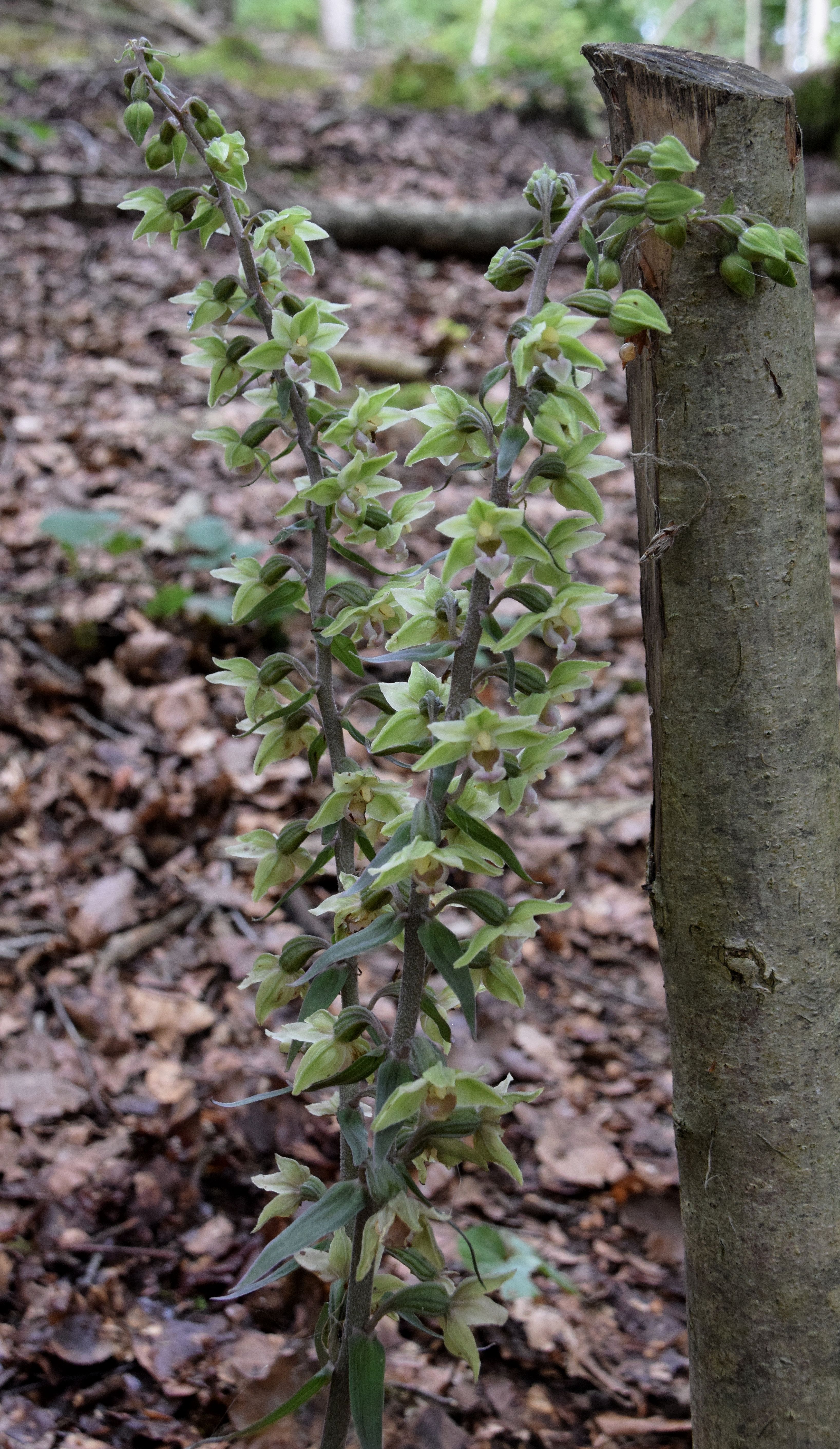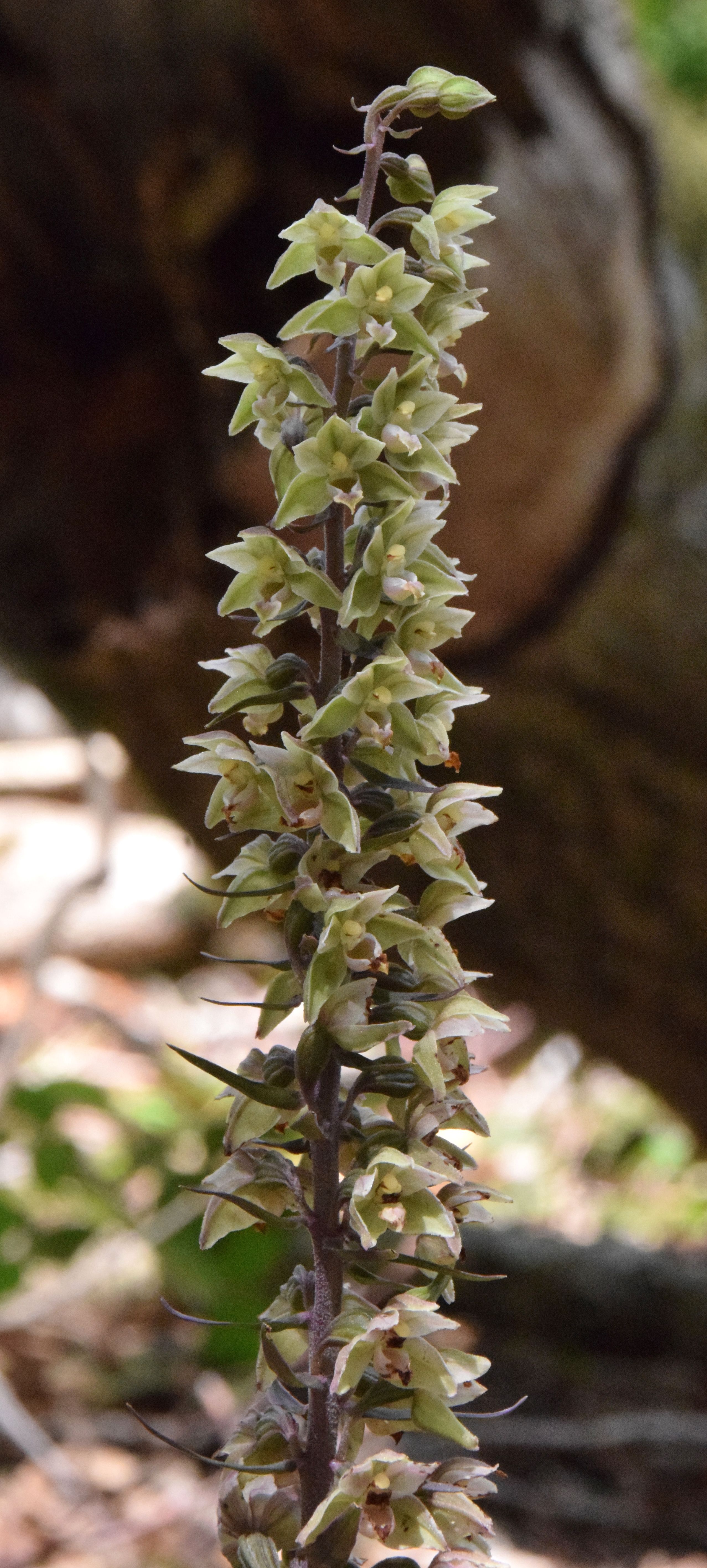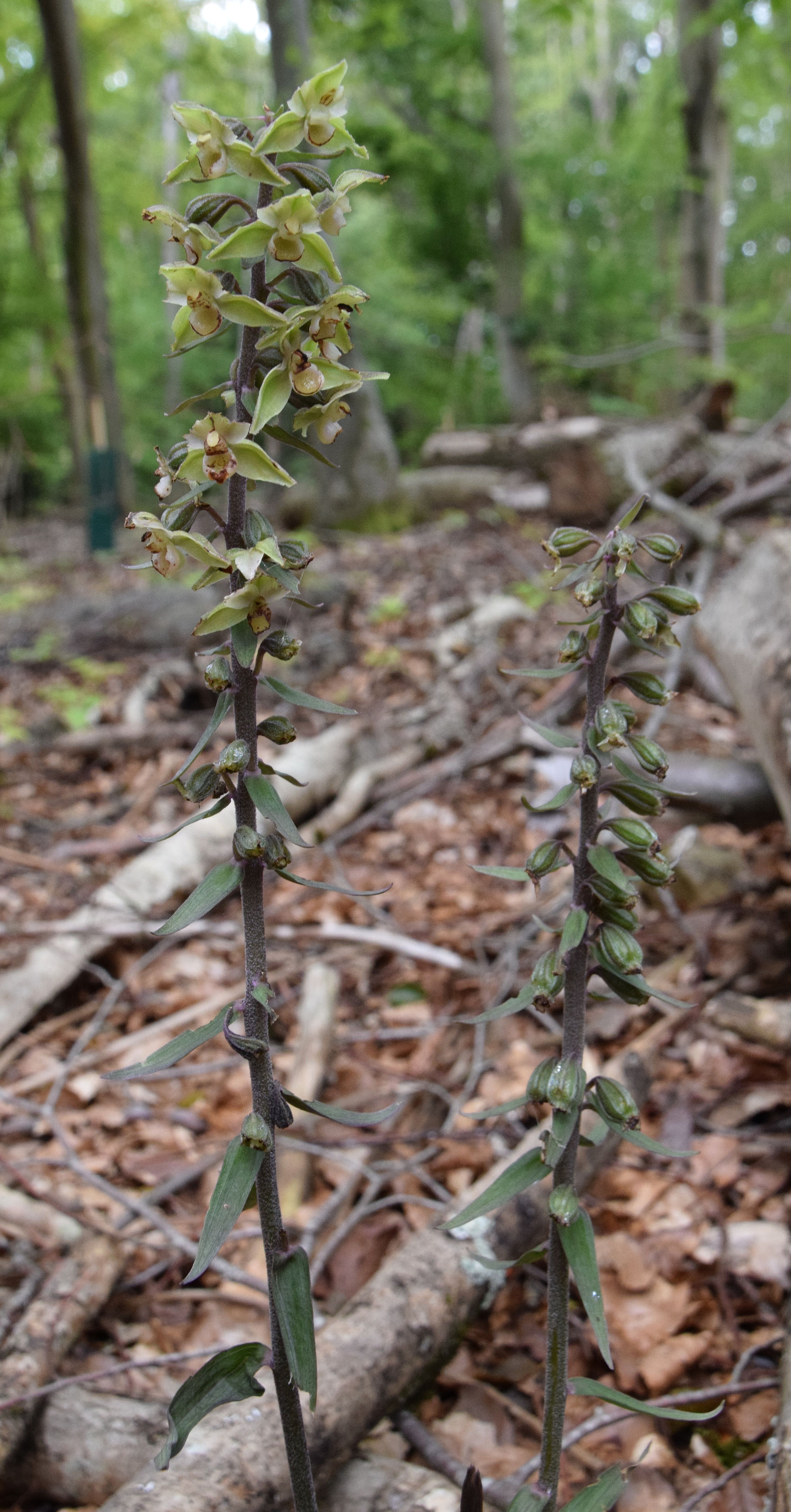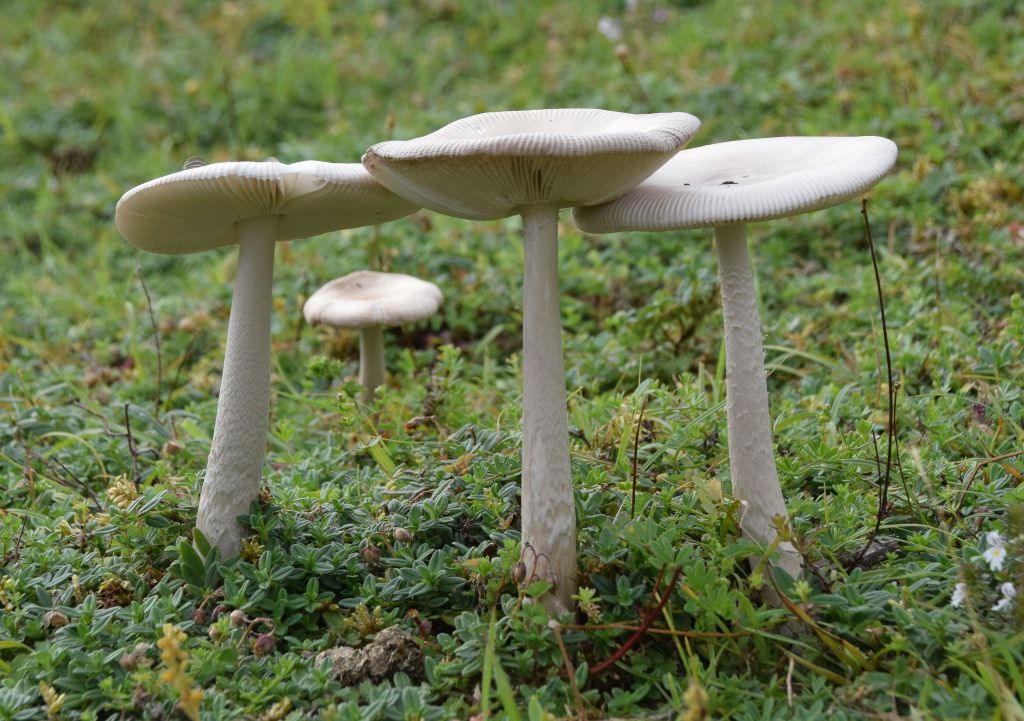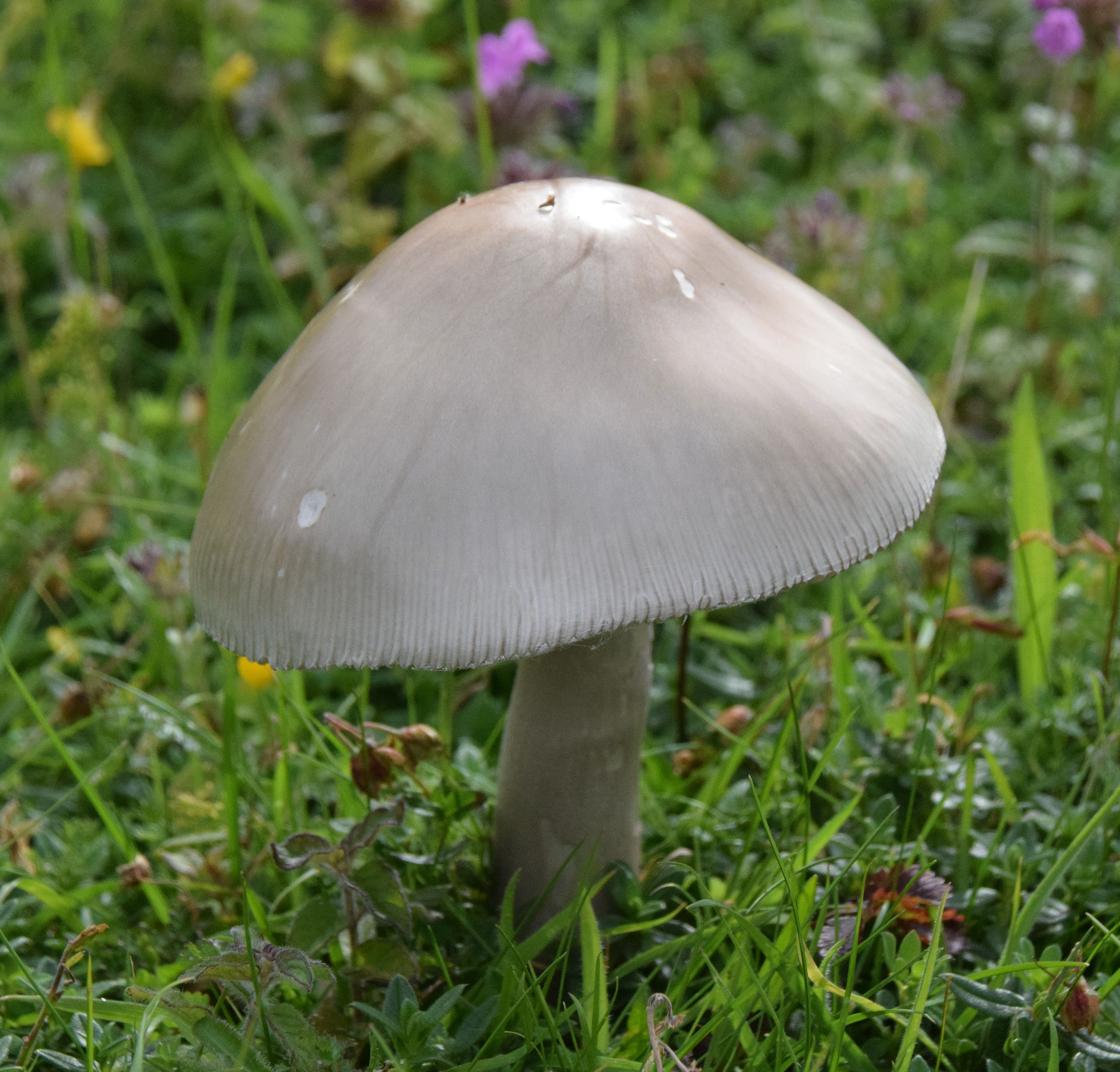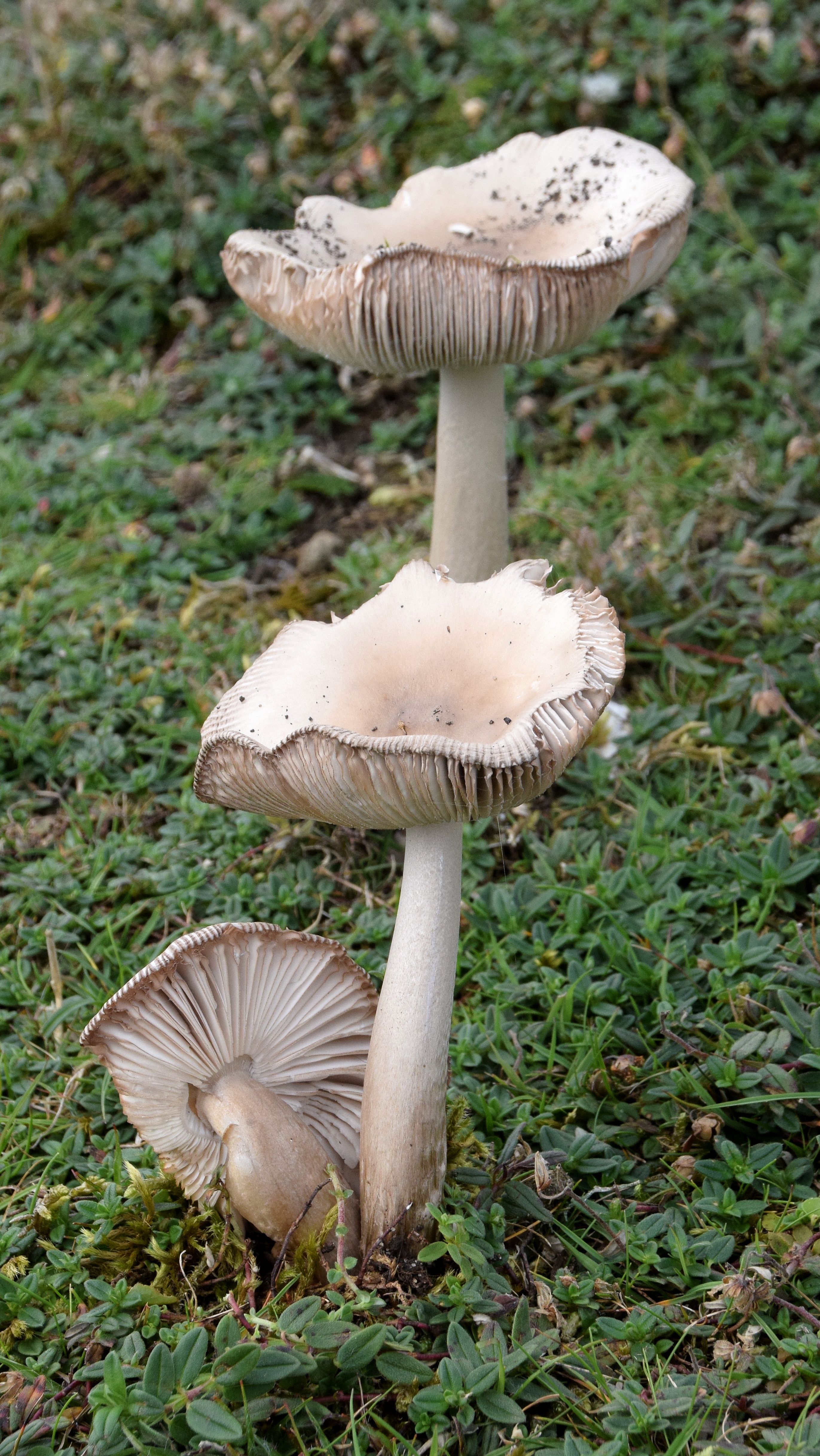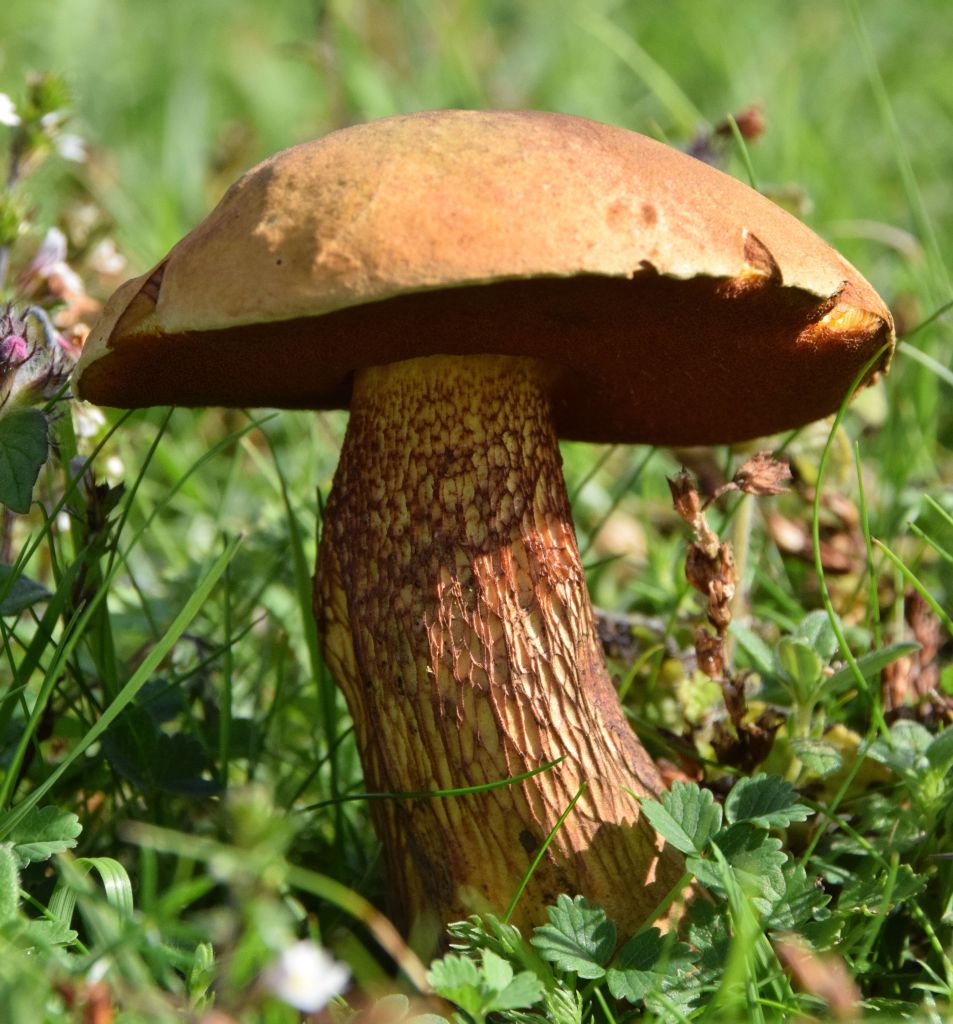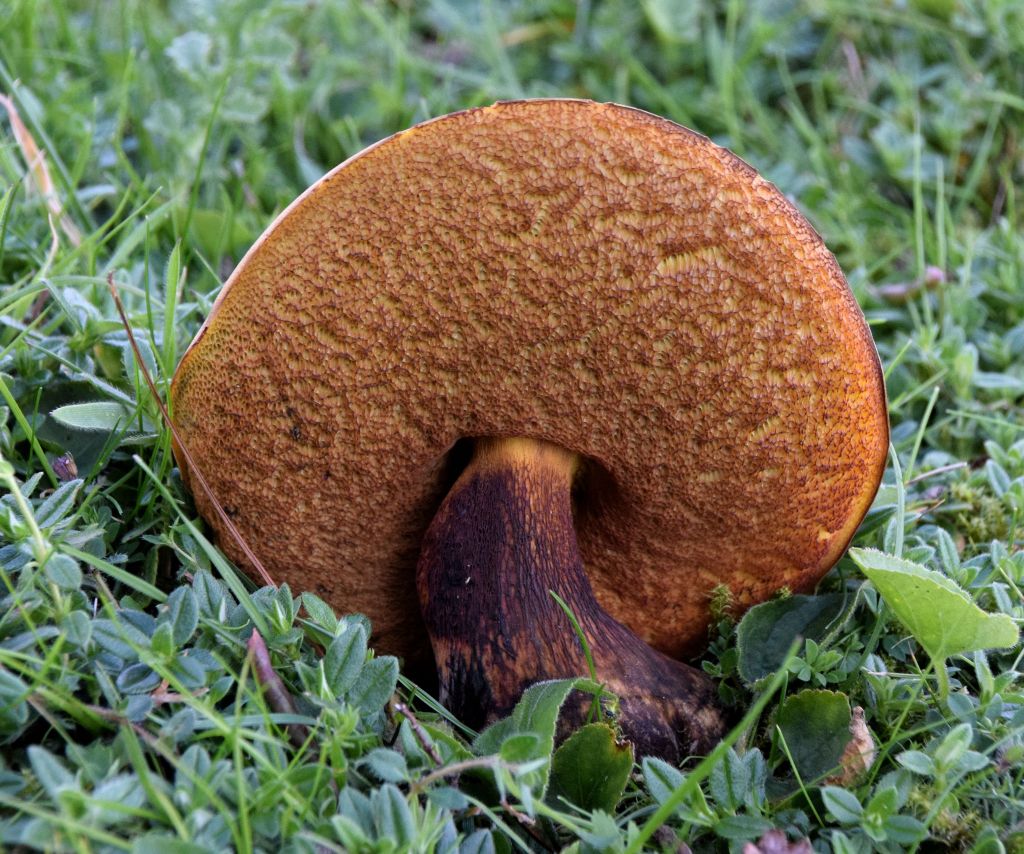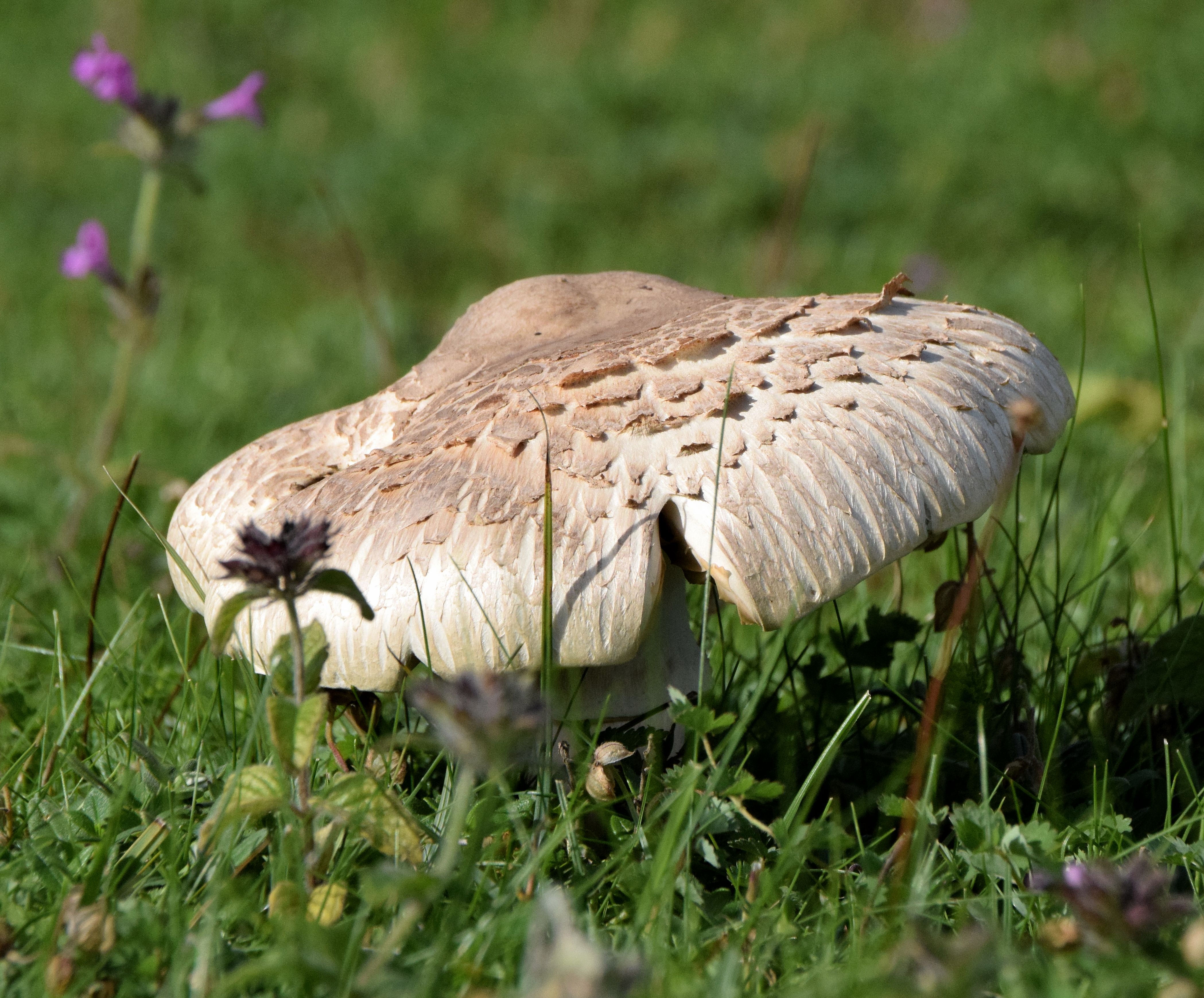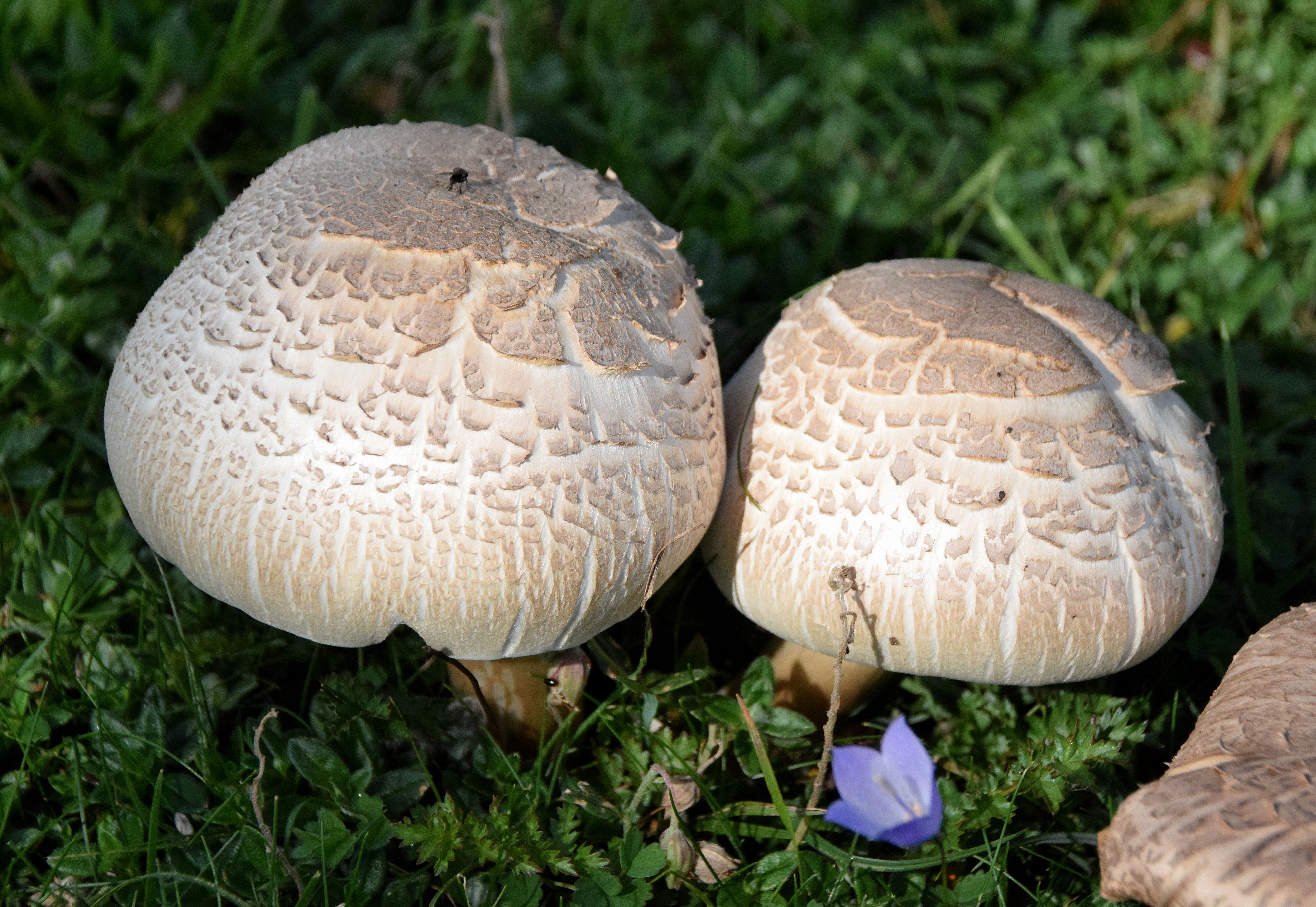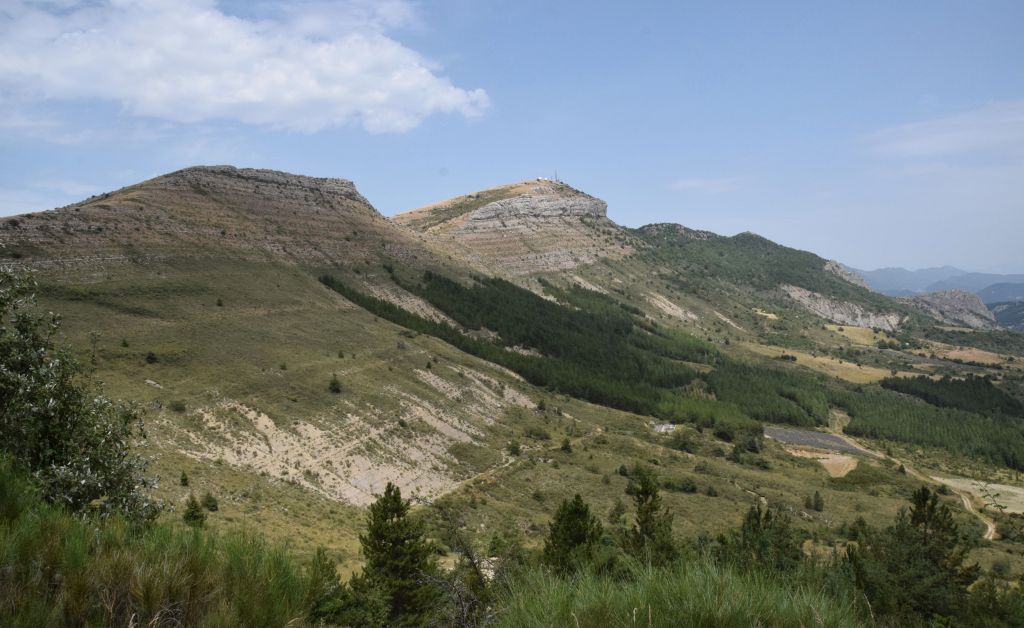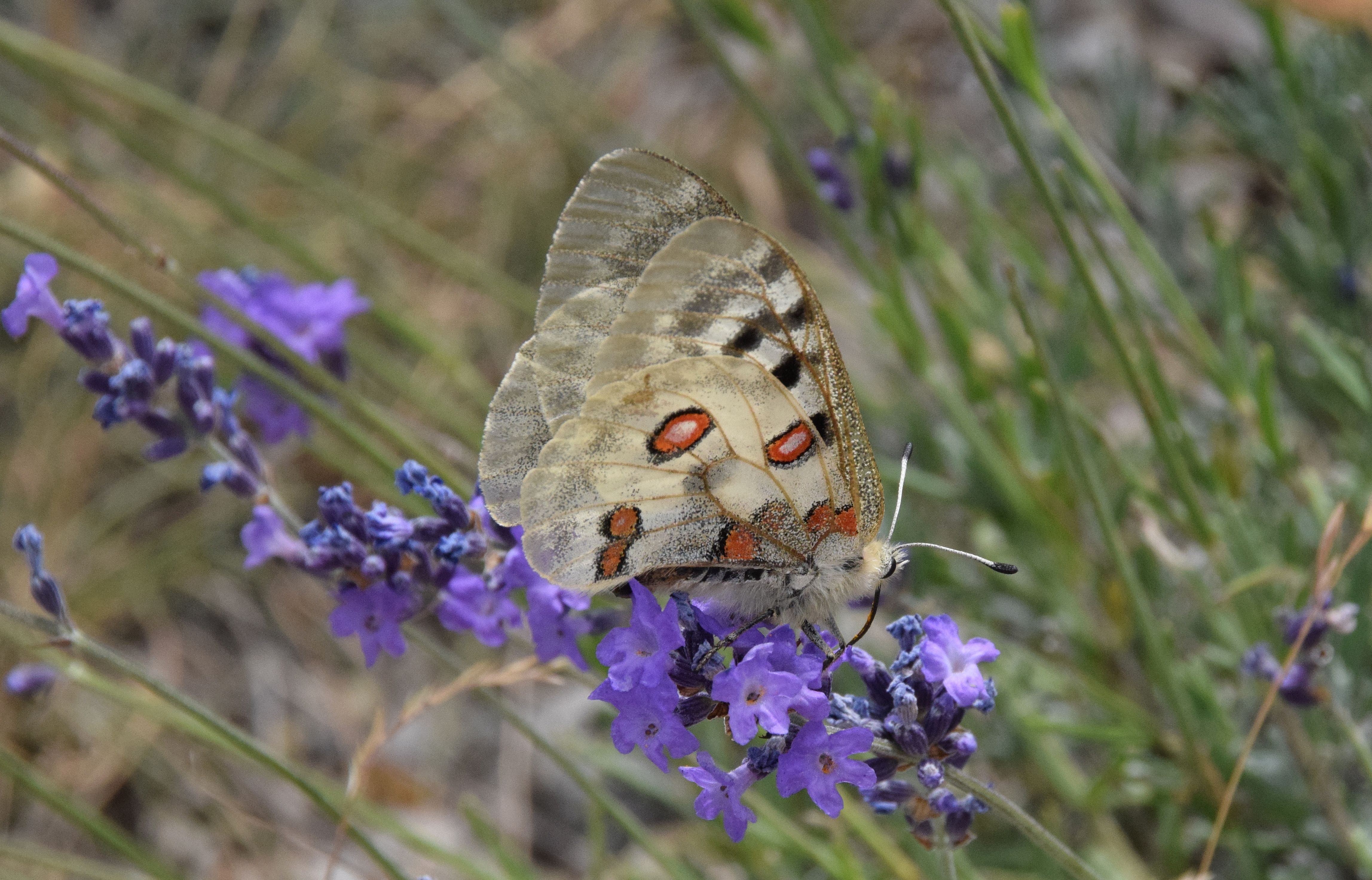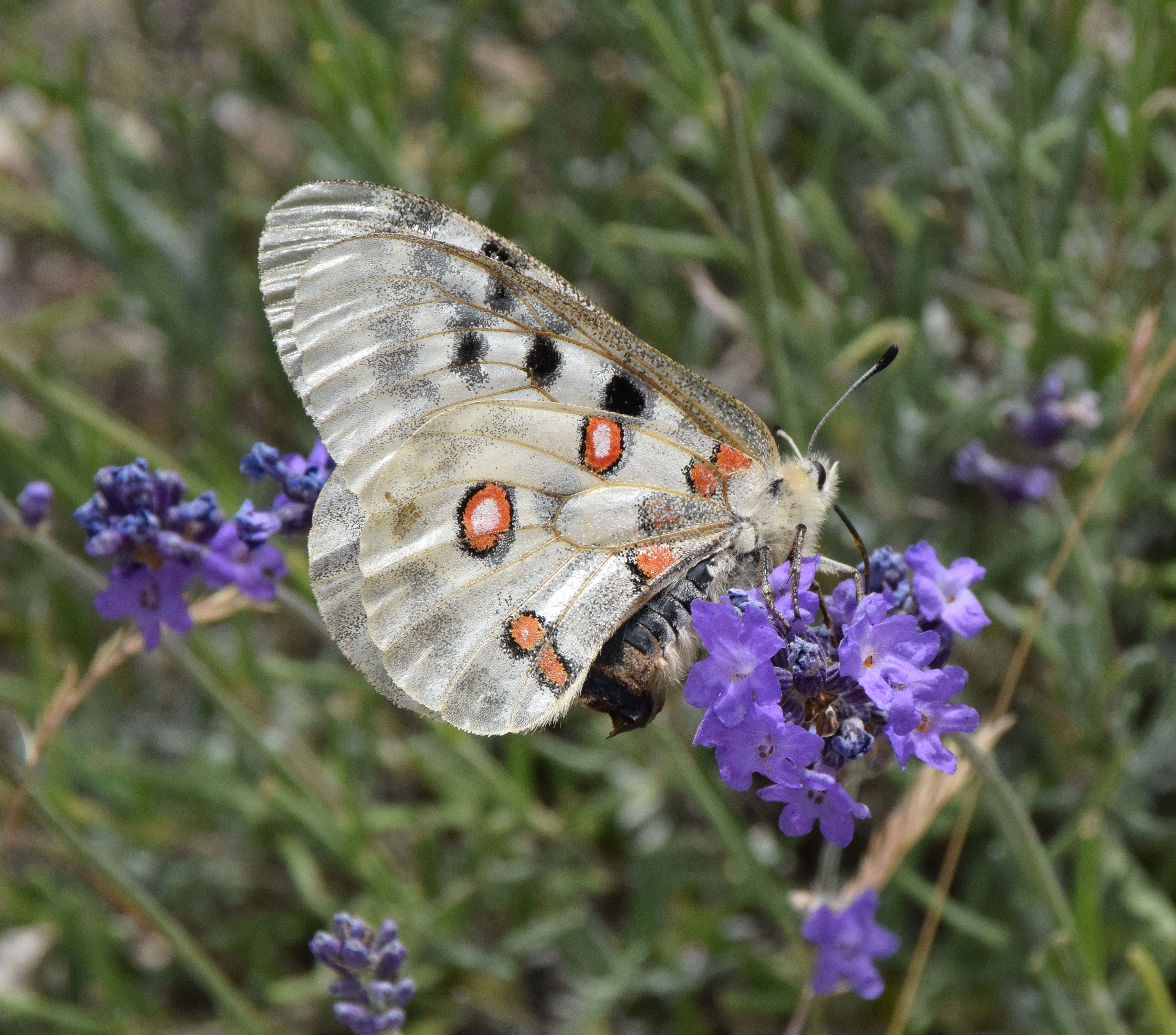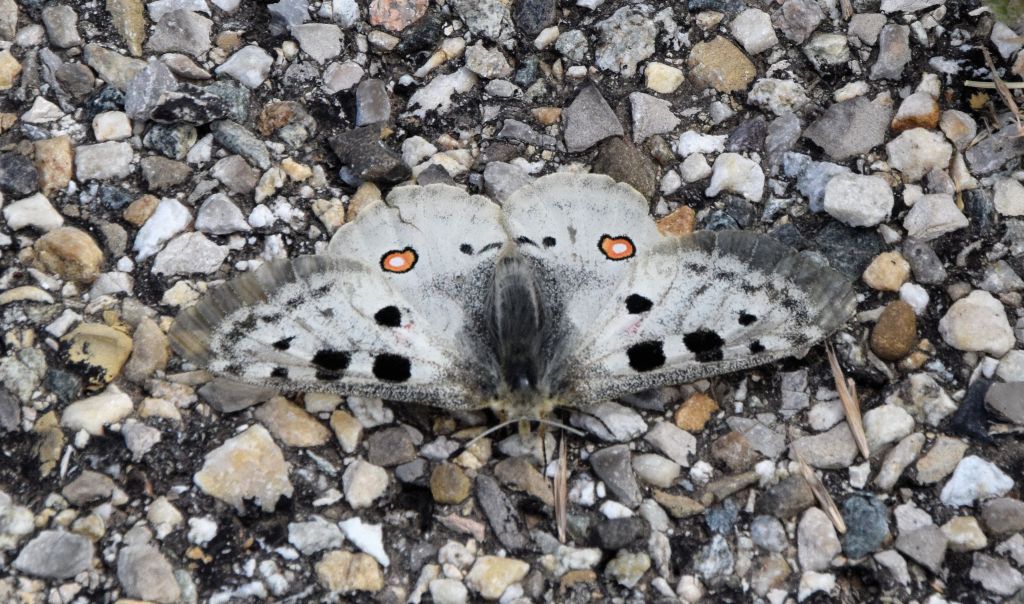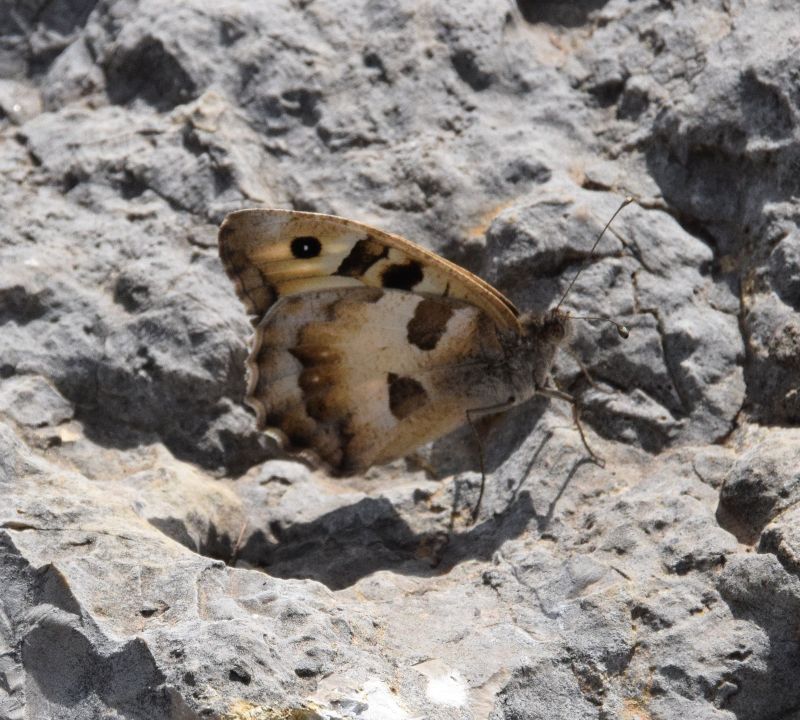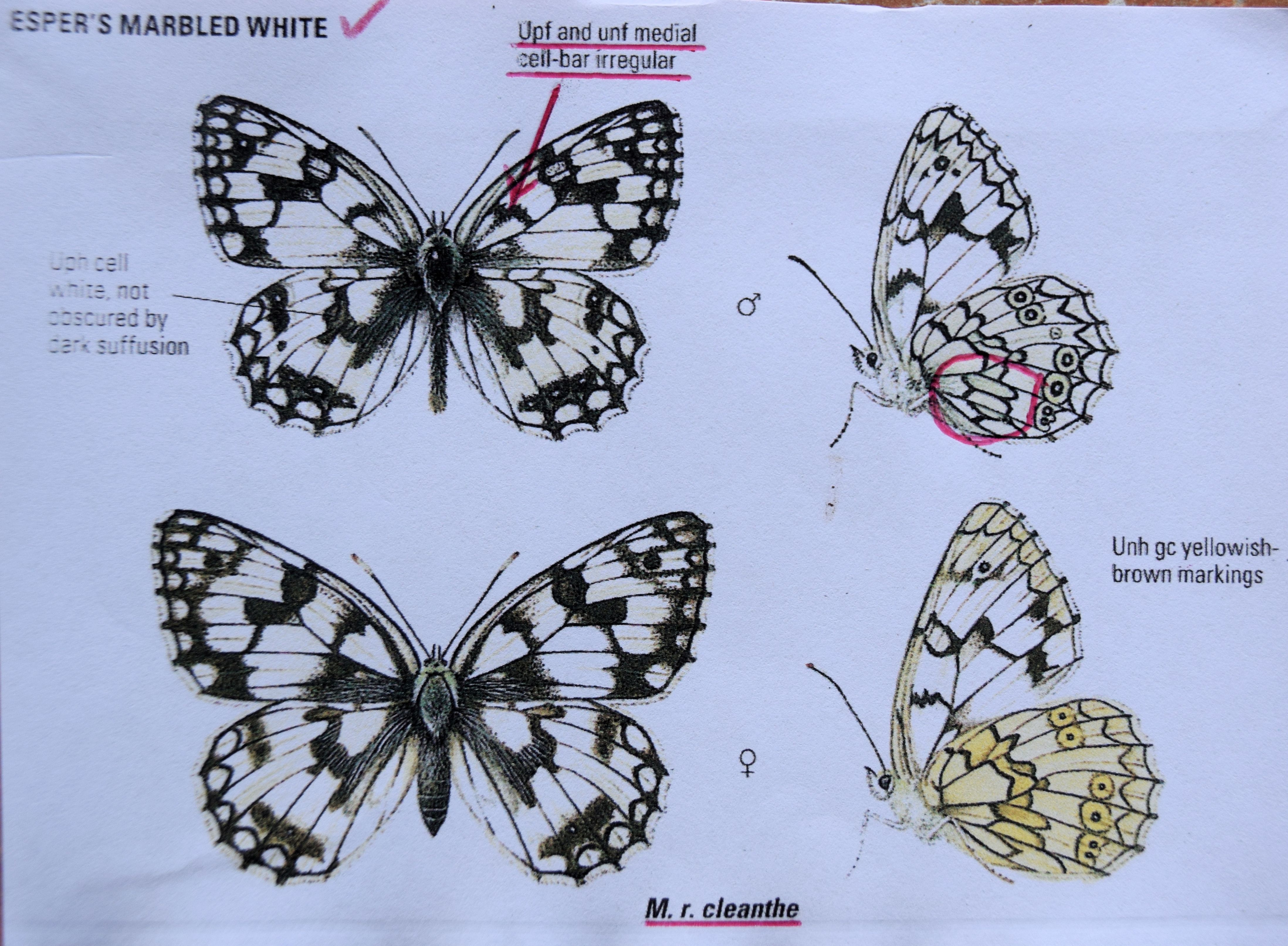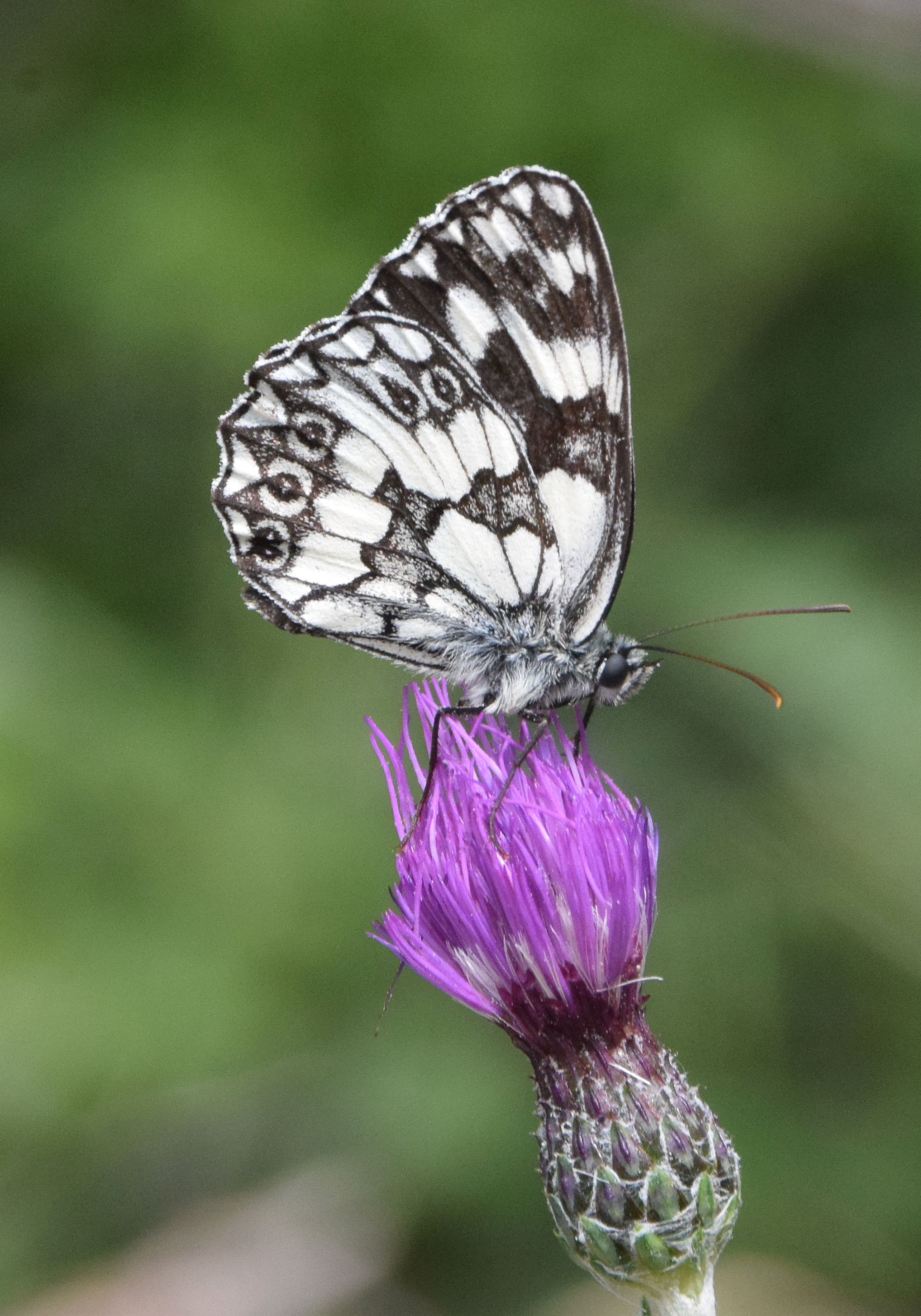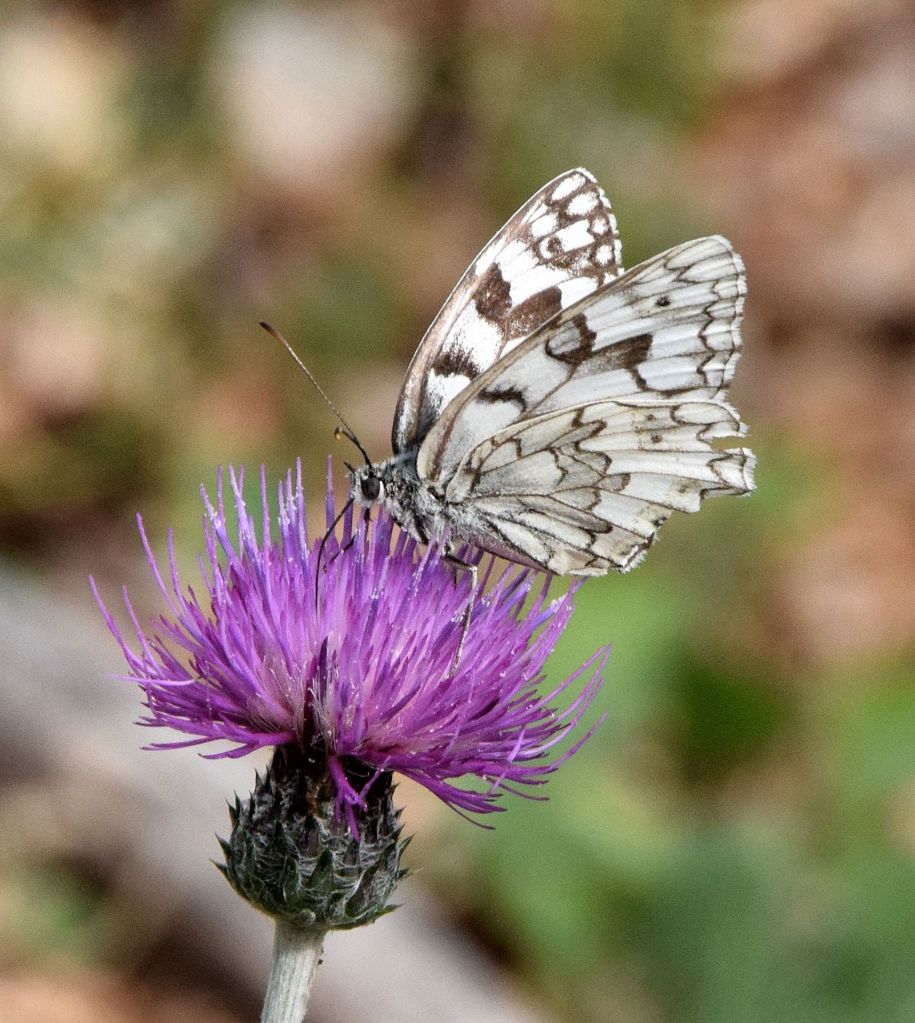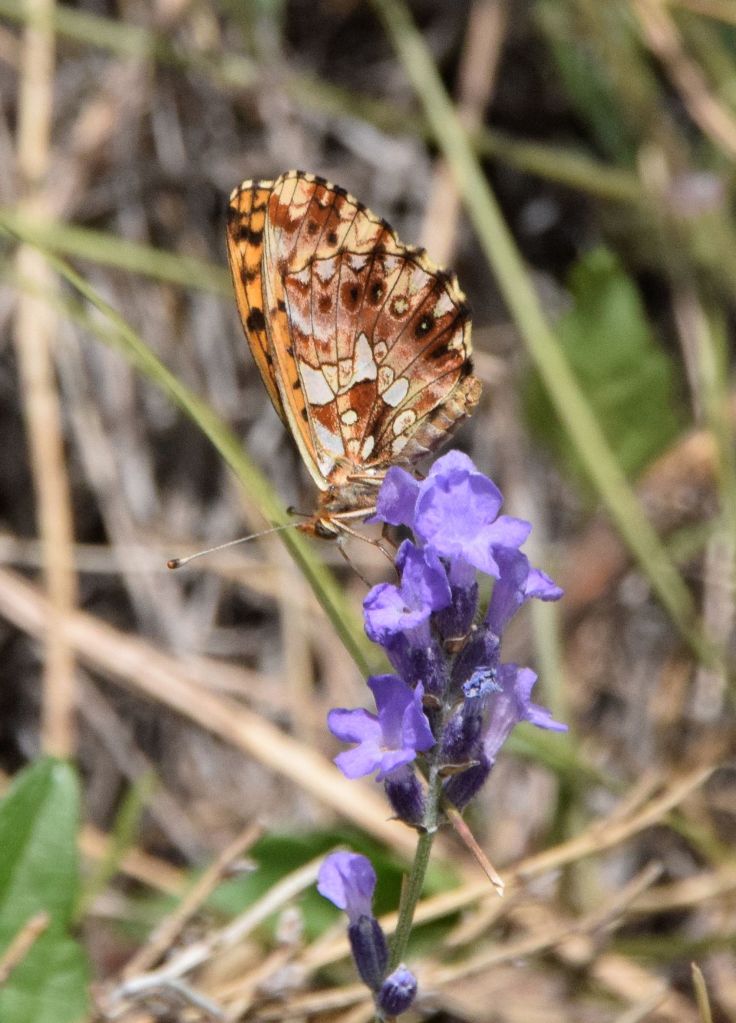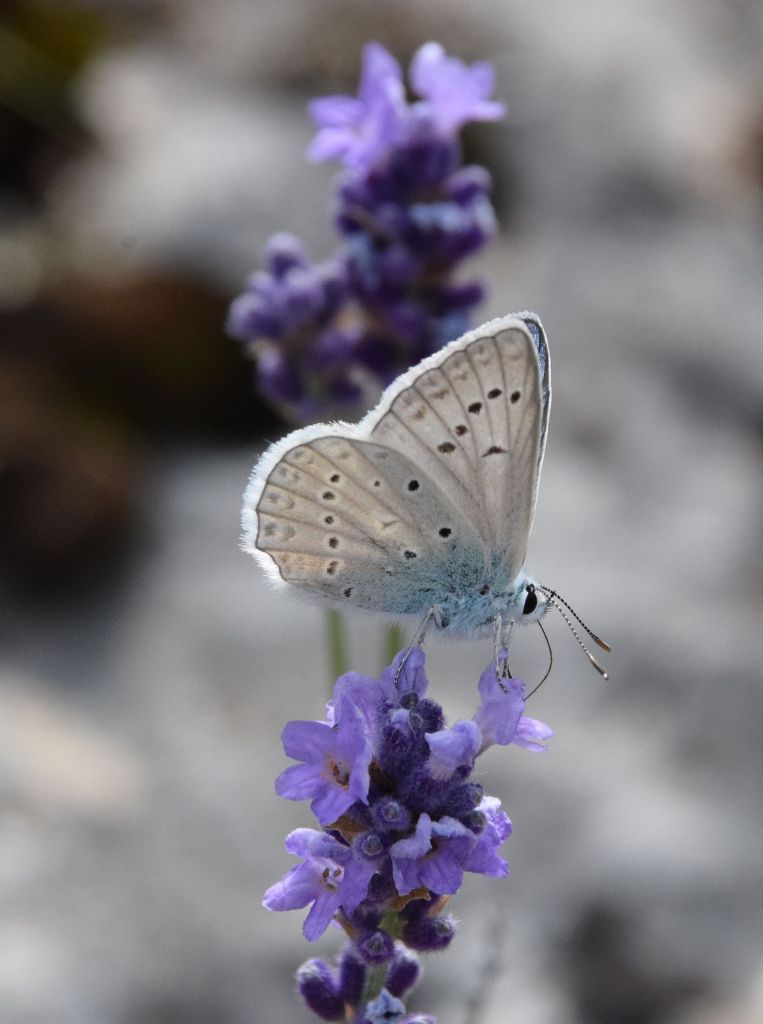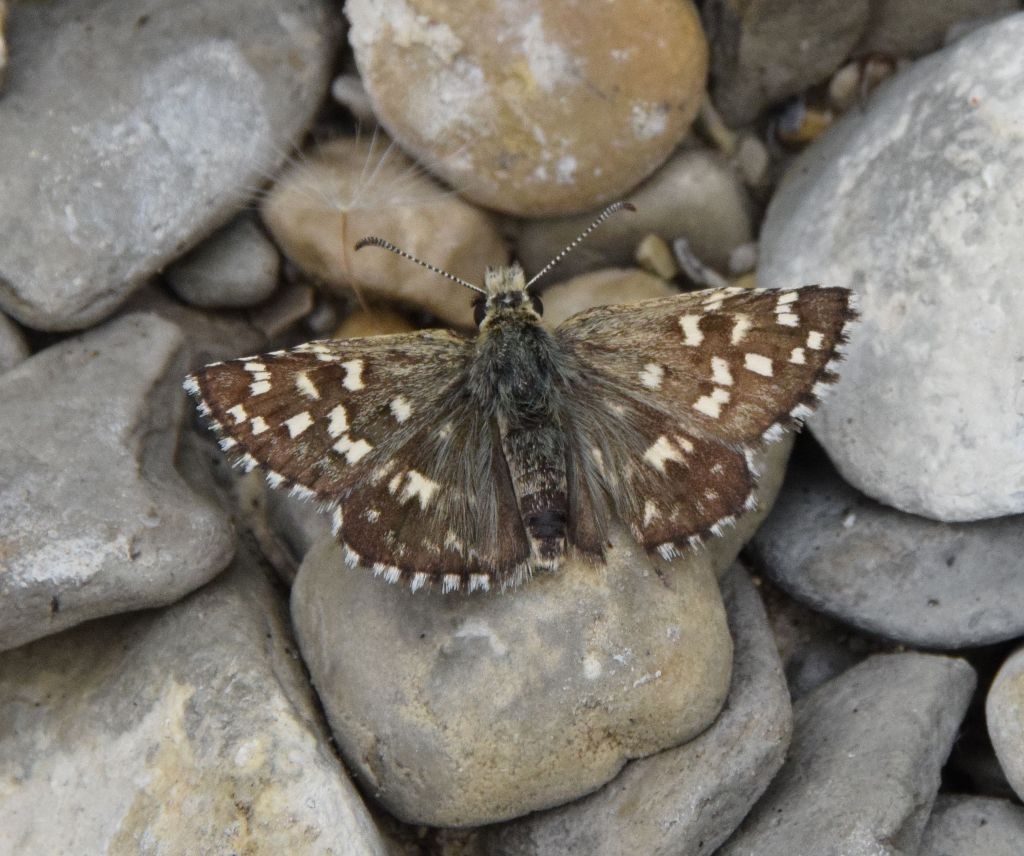The posts herein on the fruiting cycles of Magpie and Shaggy Inkcaps have both had multiple referrals through the current fungi season. Since the former played its part in stimulating my initial interest in mycology back in 2020 (see here) I have encountered those iconic items year on year, needing to resist the temptation to take more pictures than the many I have already. But I had only recorded the latter once previously when I managed to capture the entire fruiting cycle amongst one cluster in October 2021 (see here).
Alternative common names for this post’s subject are “Shaggy Mane” and “Lawyer’s Wig”. This year I have realised those must apply most aptly to stage three fruits when they are beginning to go over. Things began earlier this autumn when I found a darkly alluring duo (pictured below, centre) at Highmoor Common, Oxon that quite fired my imagination. Then this week on Wednesday (15th), visiting Lane End churchyard (SU 805915) to look for something else, I stumbled upon several Shaggies instead. Three were in the critical stage (outer items) but most were first day fruits, so this could clearly become an opportunity to gain further images of the more striking “barrister’s bad hair day” phase.
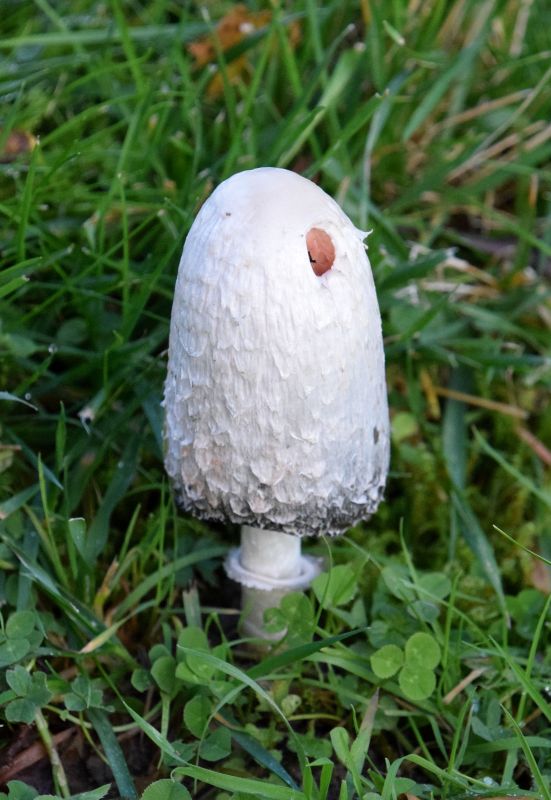
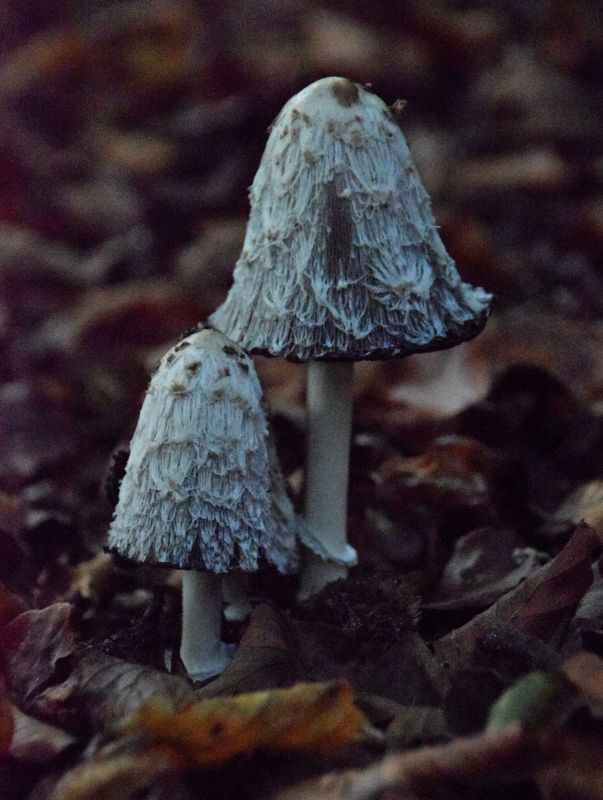
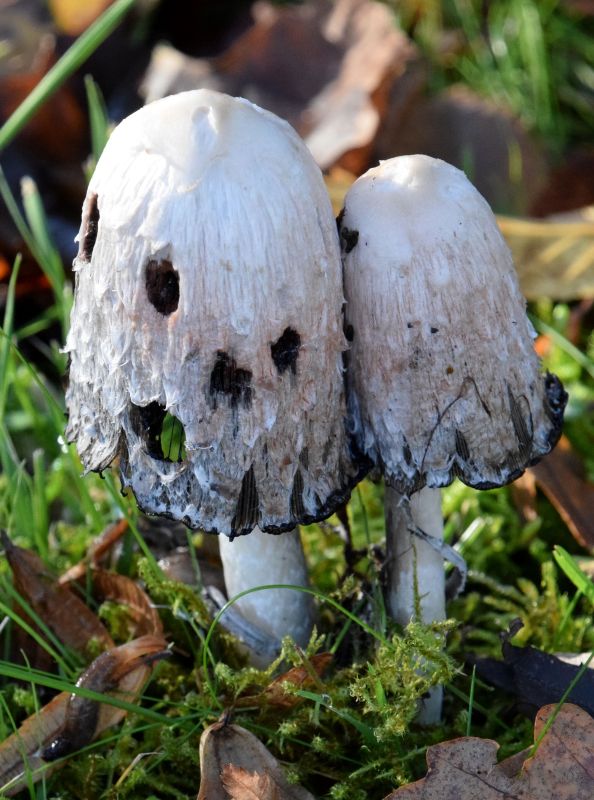
I returned to track the group on Thursday afternoon (16th), finding two items with black lower rims to their dissolving caps (below, left and right), but without the more wig-like quality of the Highmoor Common pair. The two barristers on the right of the first sequence were by now part way through summing up their cases (centre below). Some younger fruits had reached prime stage two condition, while more were emerging.

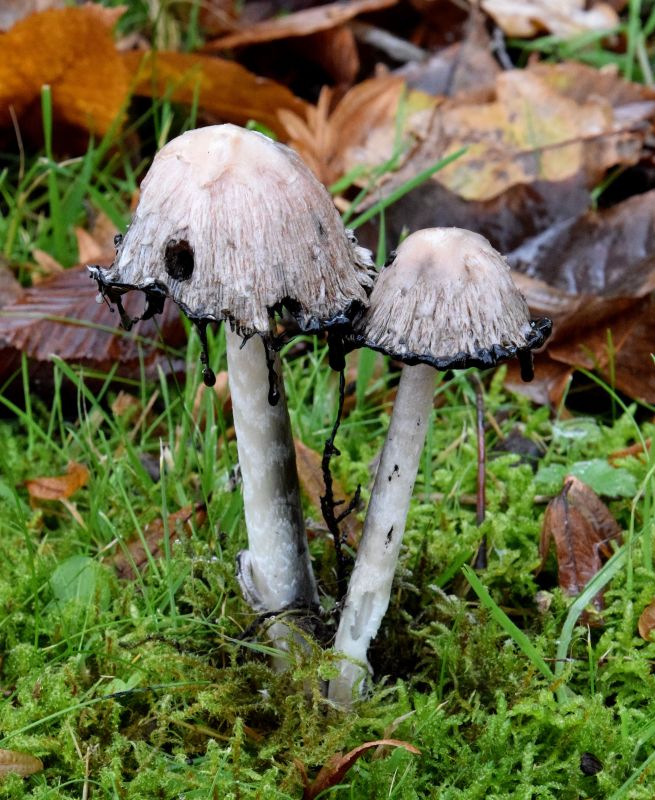
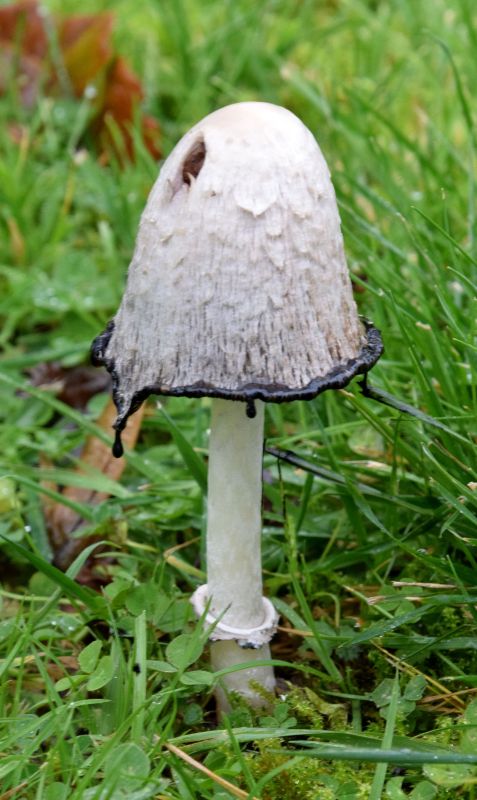
On Friday morning (17th) there was nothing new to record so I made a repeat visit in the afternoon that was very productive. Several Shaggies in the cluster of various sizes had by then reached their third stage that I most wanted to record (top row below and lead picture), while more dissolving fruits offered attractive studies (bottom row below, left and right). In this first serious workout, my new Nikkor all-in-one camera lens with its superior autofocus was performing much better than it’s predecessor.
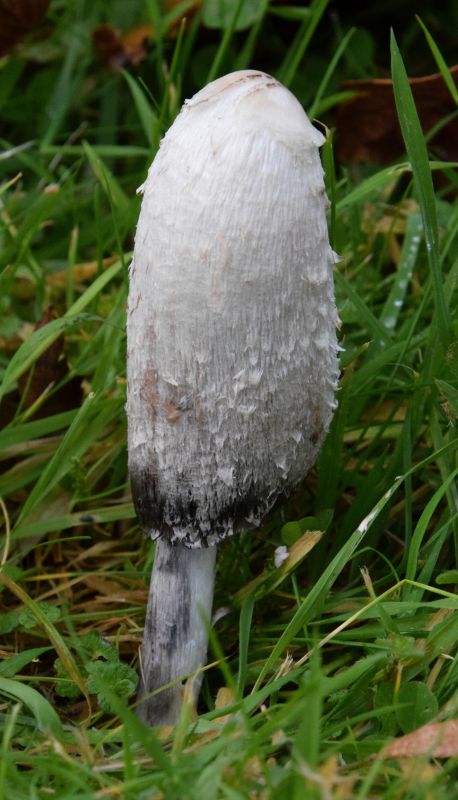
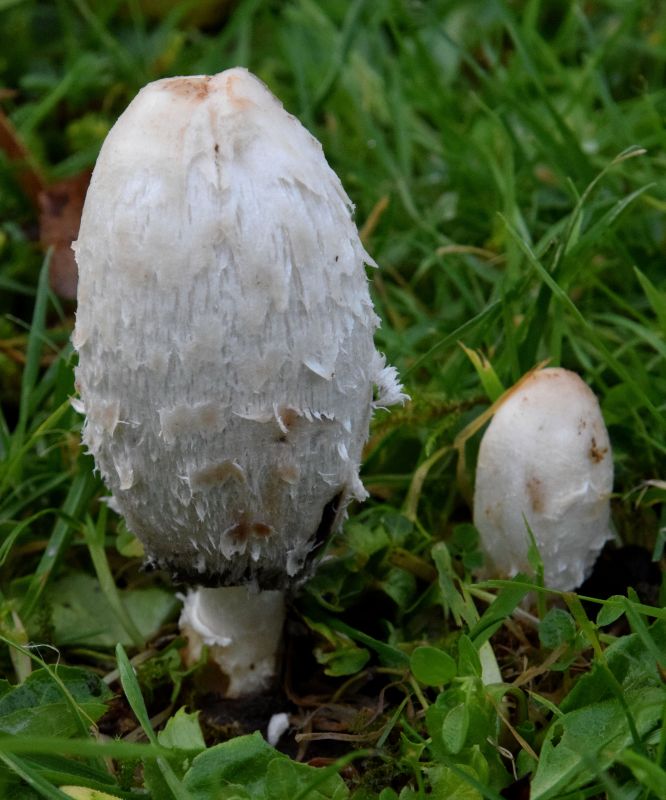
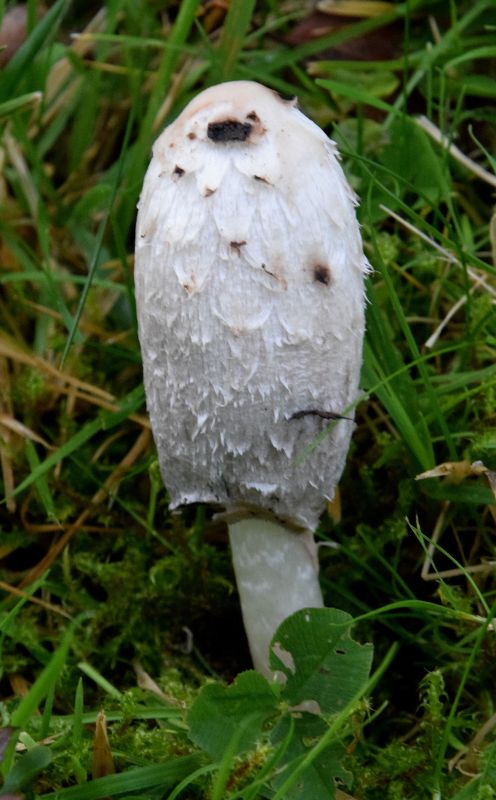
Stage 3 (above) and 4 (below) Shaggy Inkcaps and a fine stage 2 in Mousells Wood
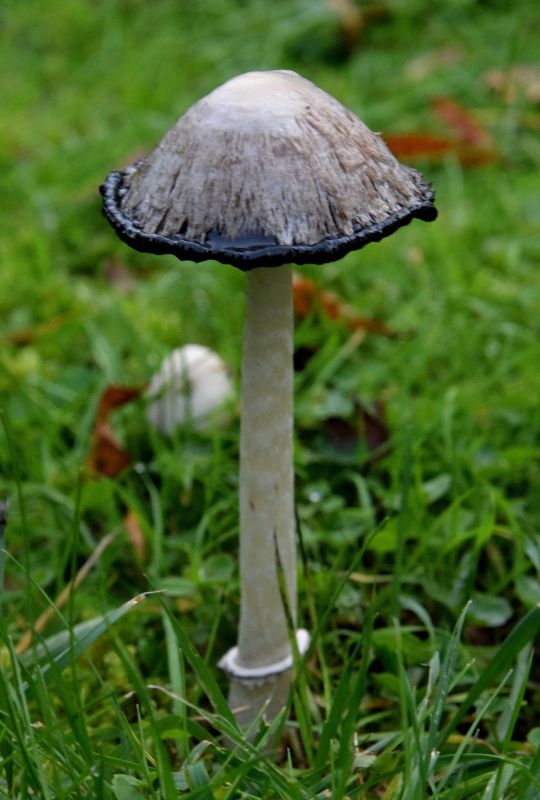
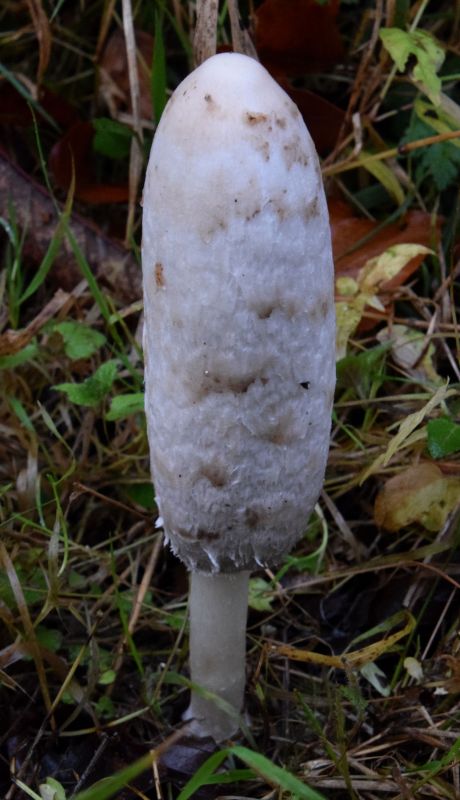
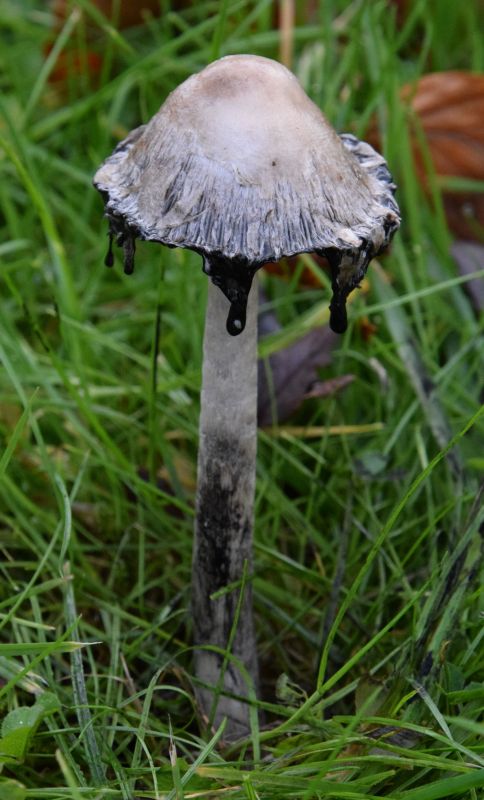
On 15th I had also found a large stage two specimen in nearby Mousells Wood (SU 789912). Checking things out on my way home on 16th it was still in that prime condition so this was my first port of call on Friday morning (17th). It appeared to be in no hurry, having barely progressed over the two days so far. By late afternoon it was just beginning to turn (second row, centre above). I now wondered if Shaggy’s fruiting cycle might be slower than Magpie, hoping so as I work all day on Saturdays. Alas on Sunday morning (19th) it and a second previously unseen specimen nearby (pictured below) had both collapsed.
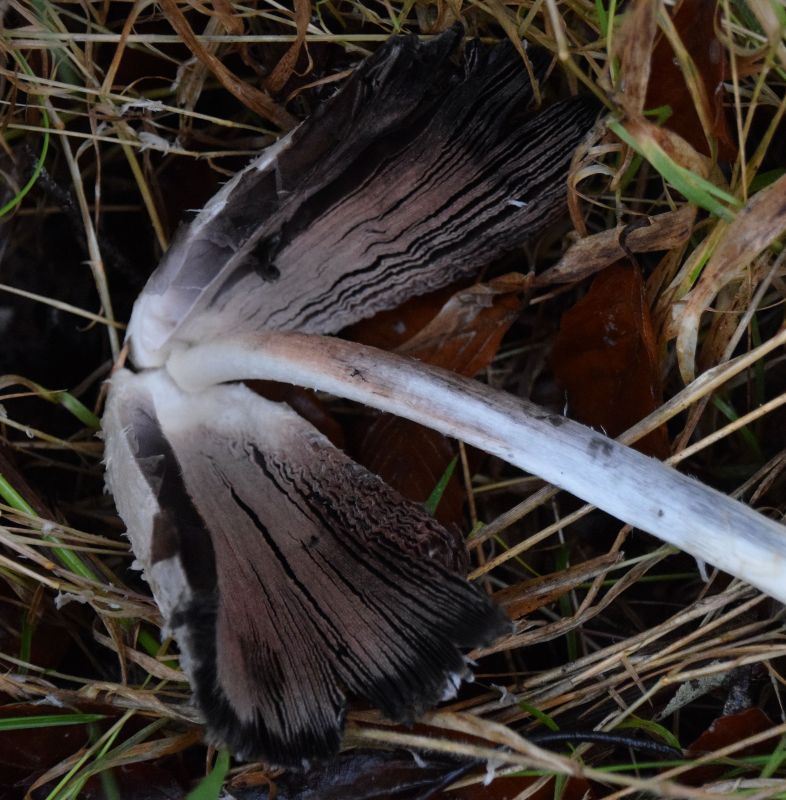
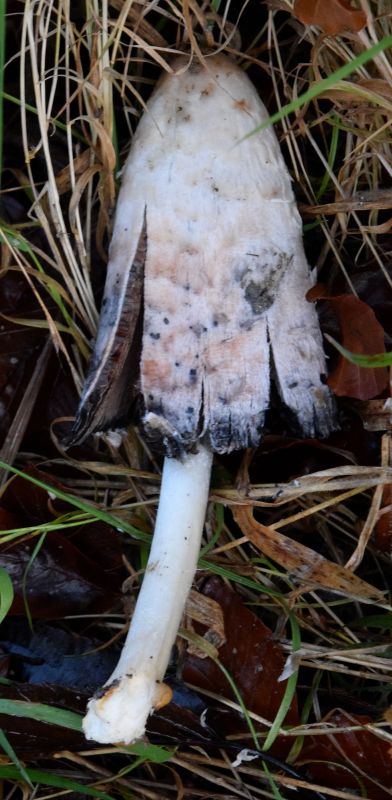

The complete fruiting cycle of a quite beguiling, even dramatic mushroom had thus been recorded more graphically than first time around. Mission had likewise been accomplished and this was indeed a quite rewarding repeat visit exercise. As barristers on a bad hair day or otherwise might say: “I rest my case”.

